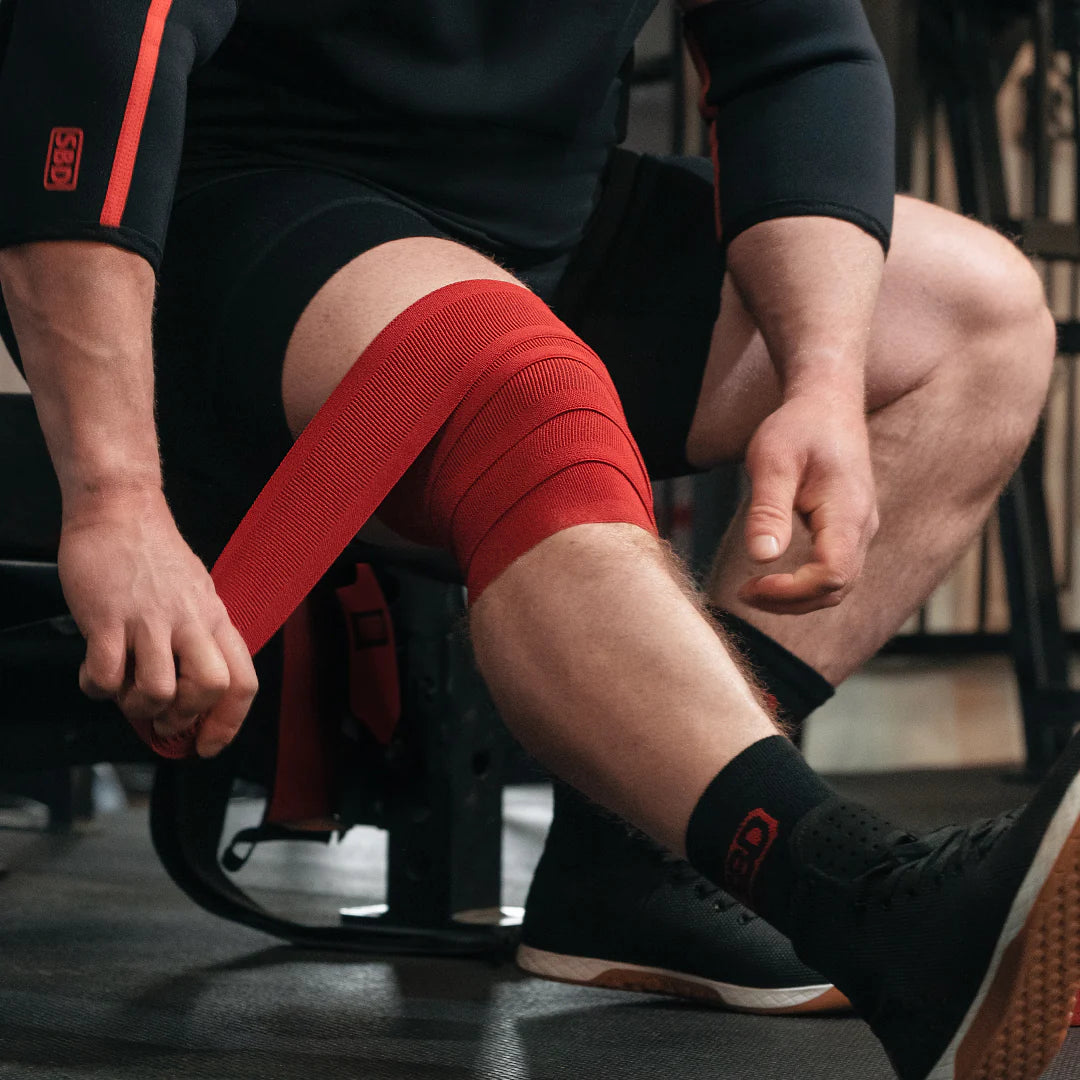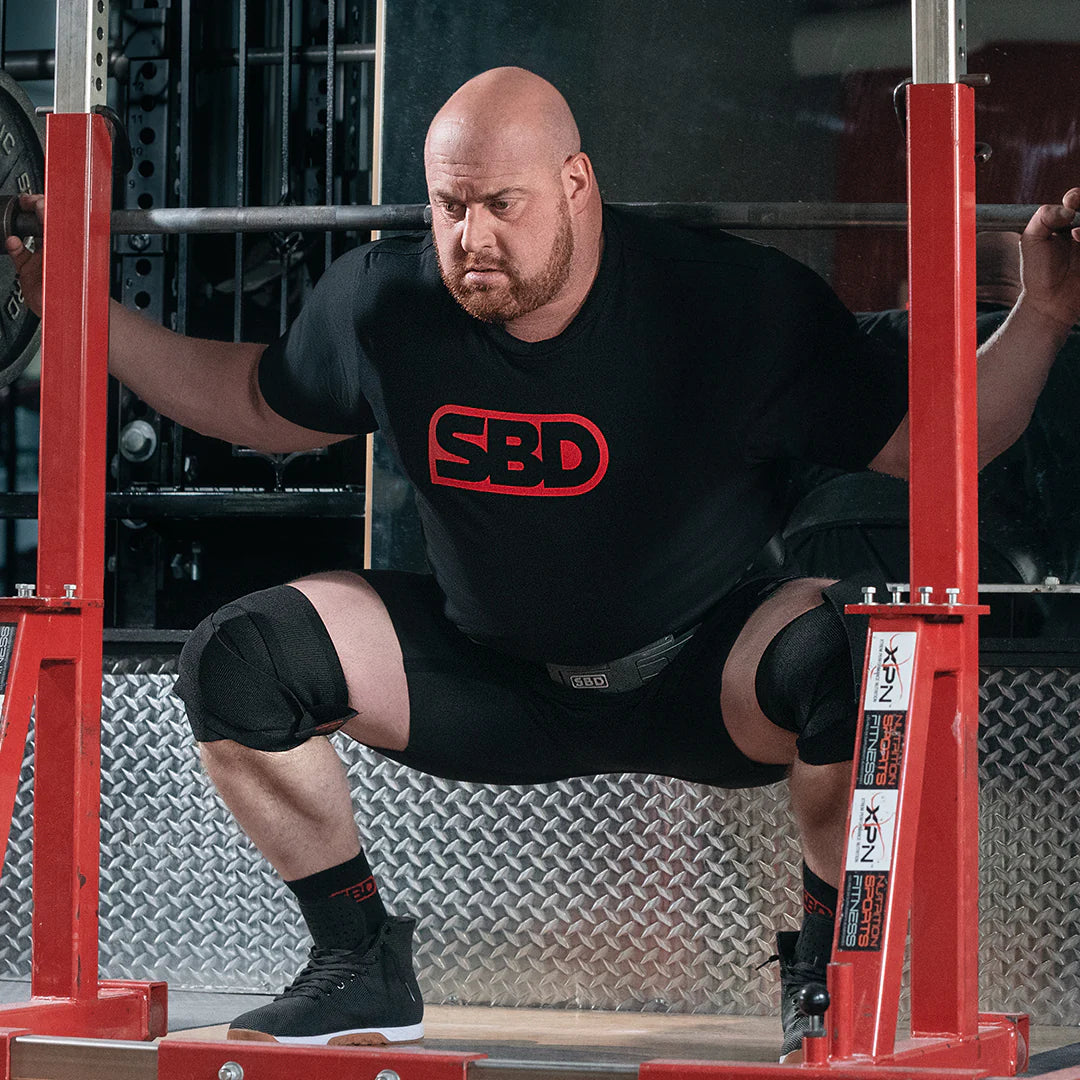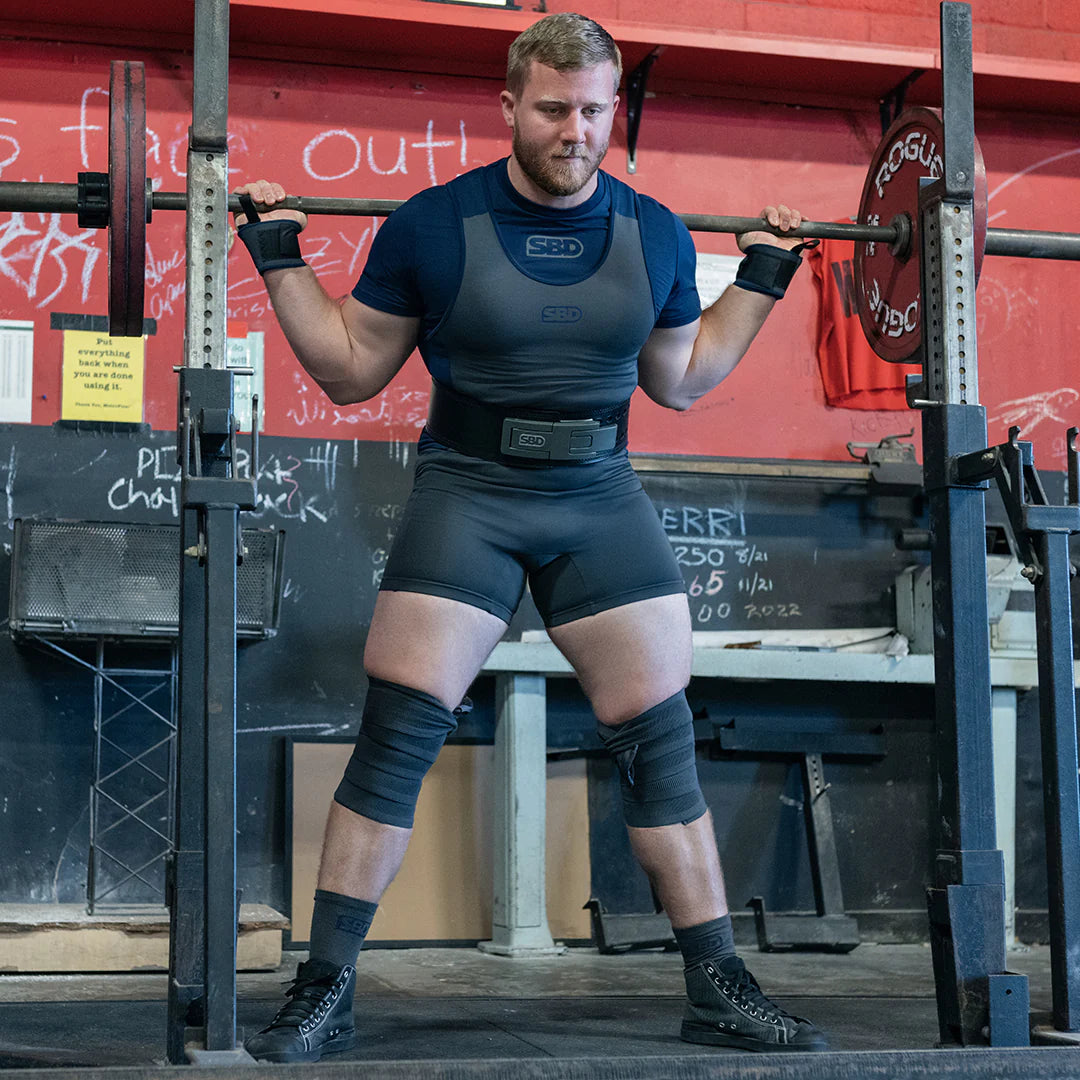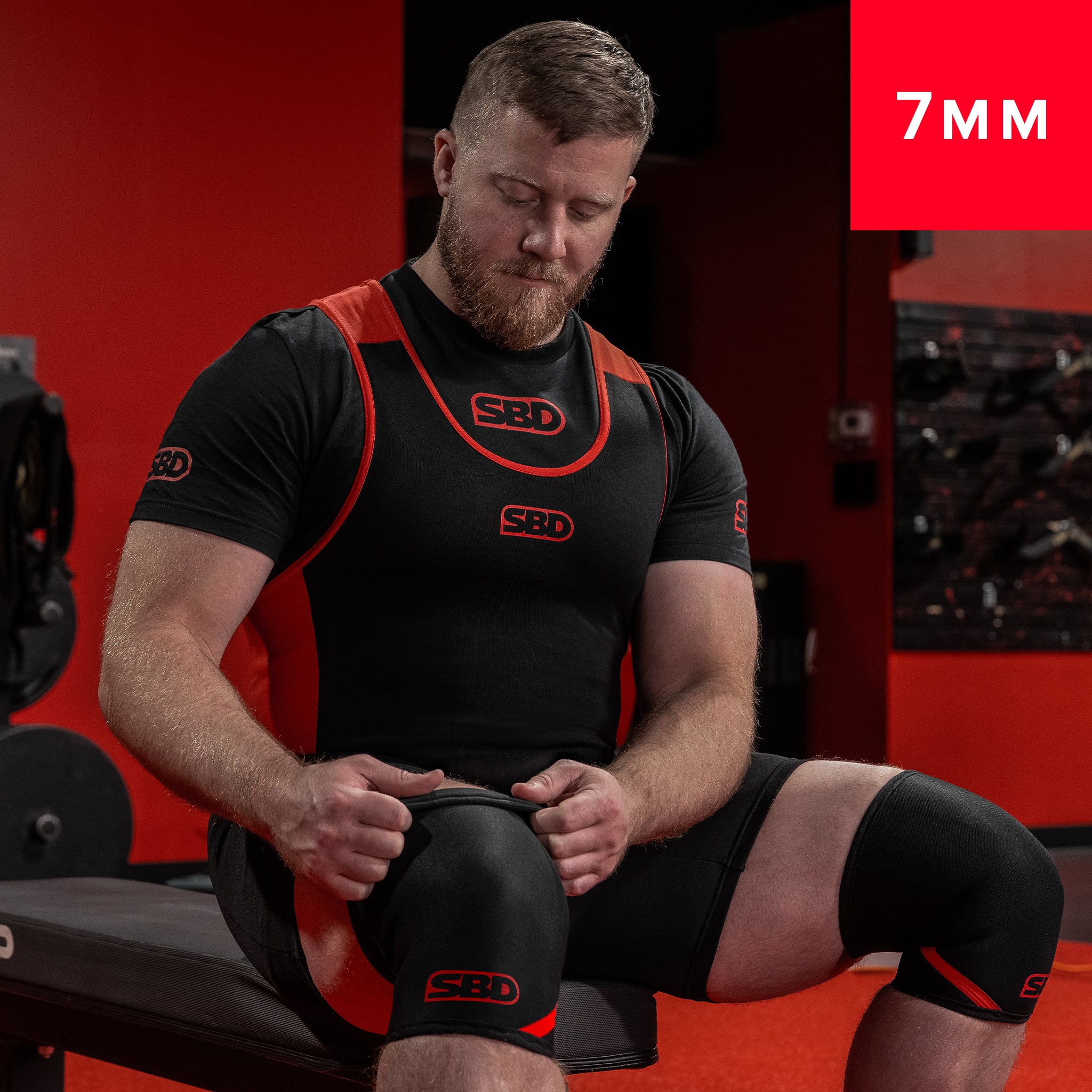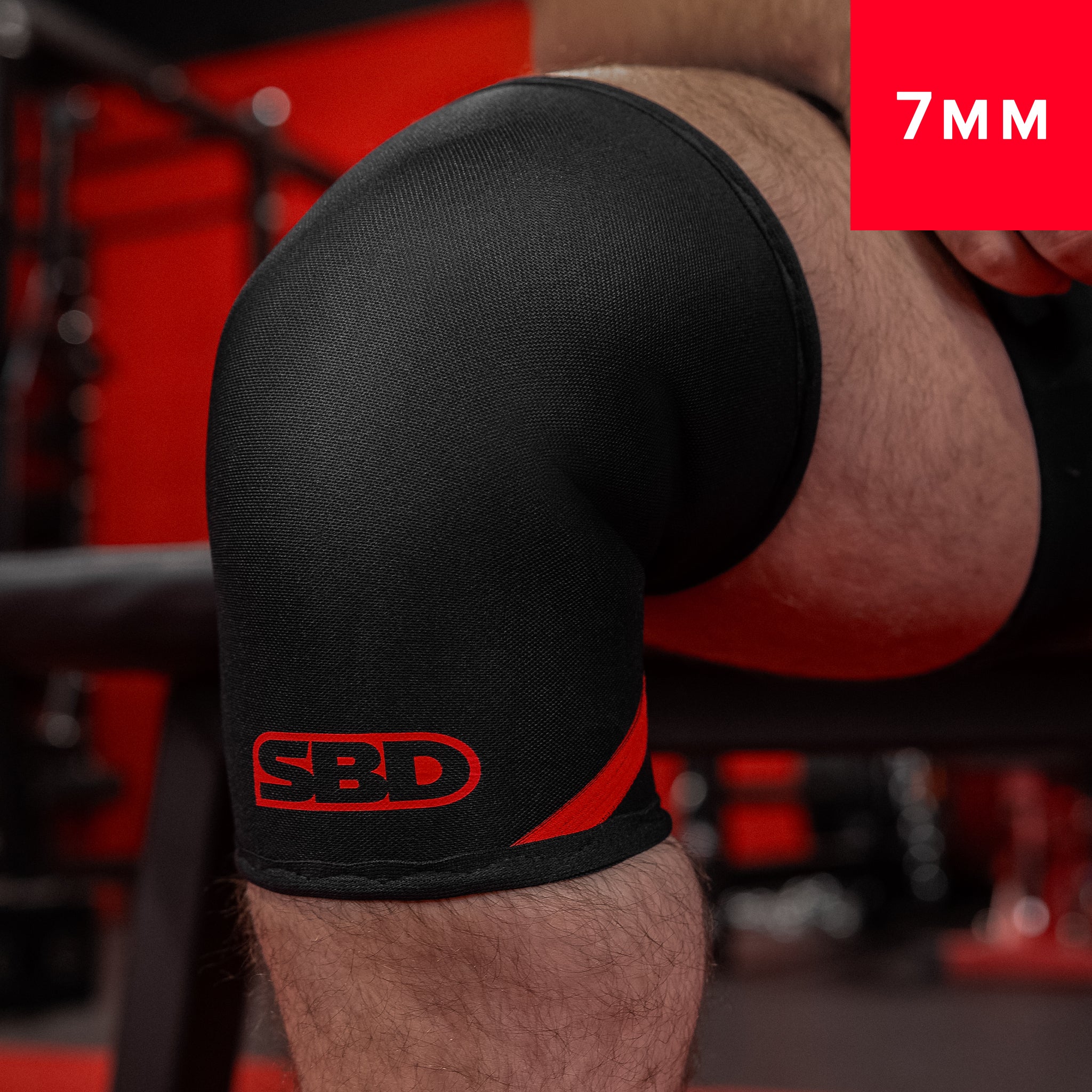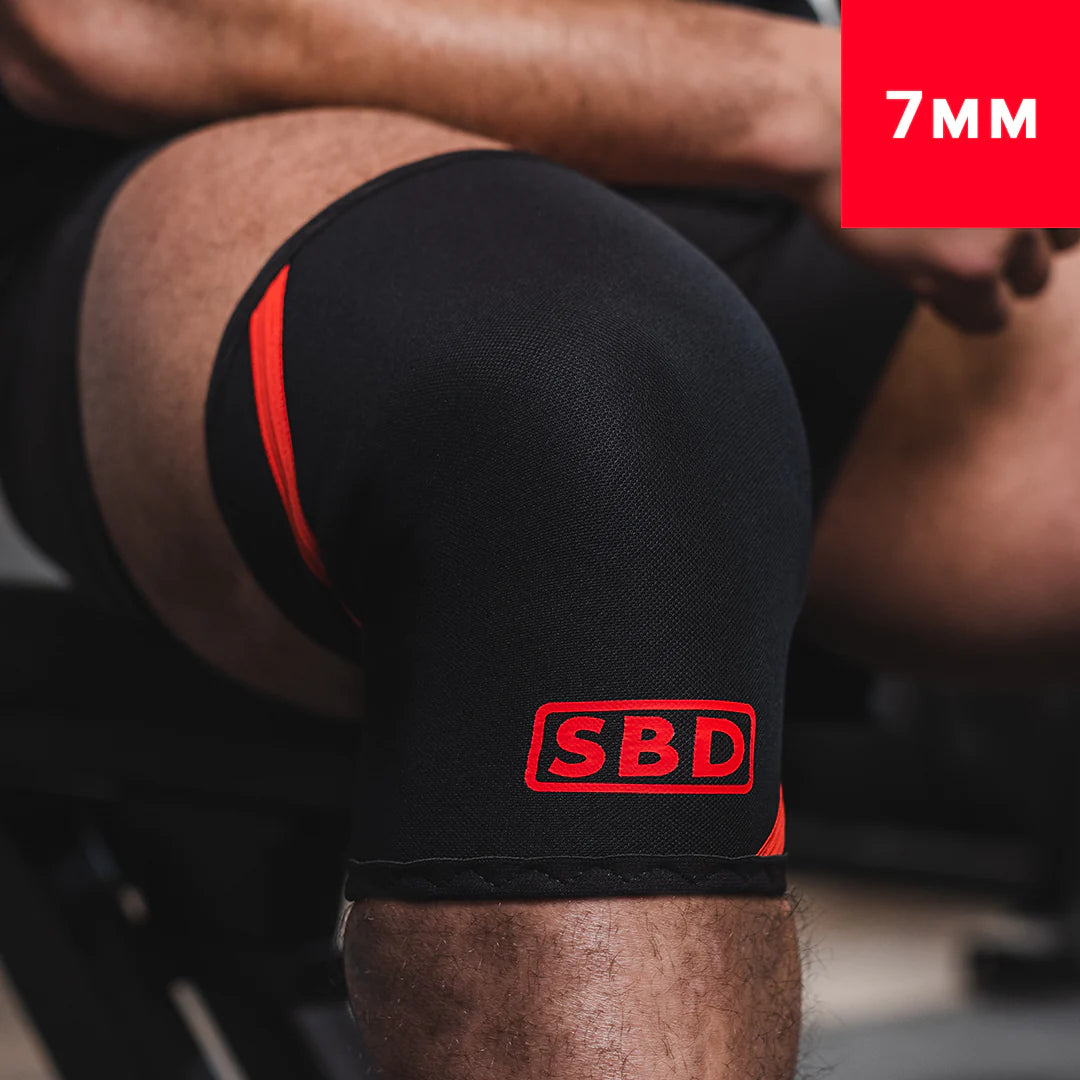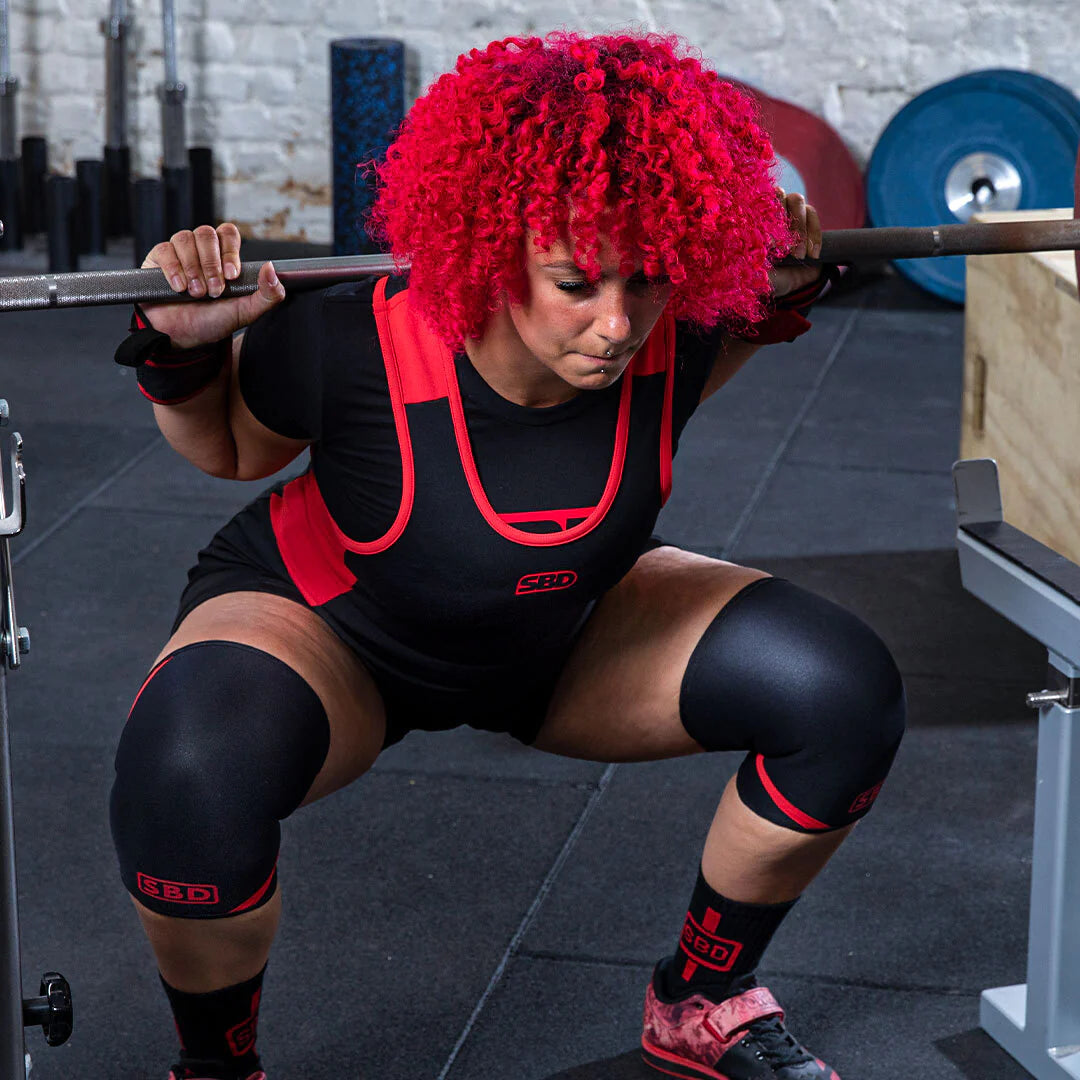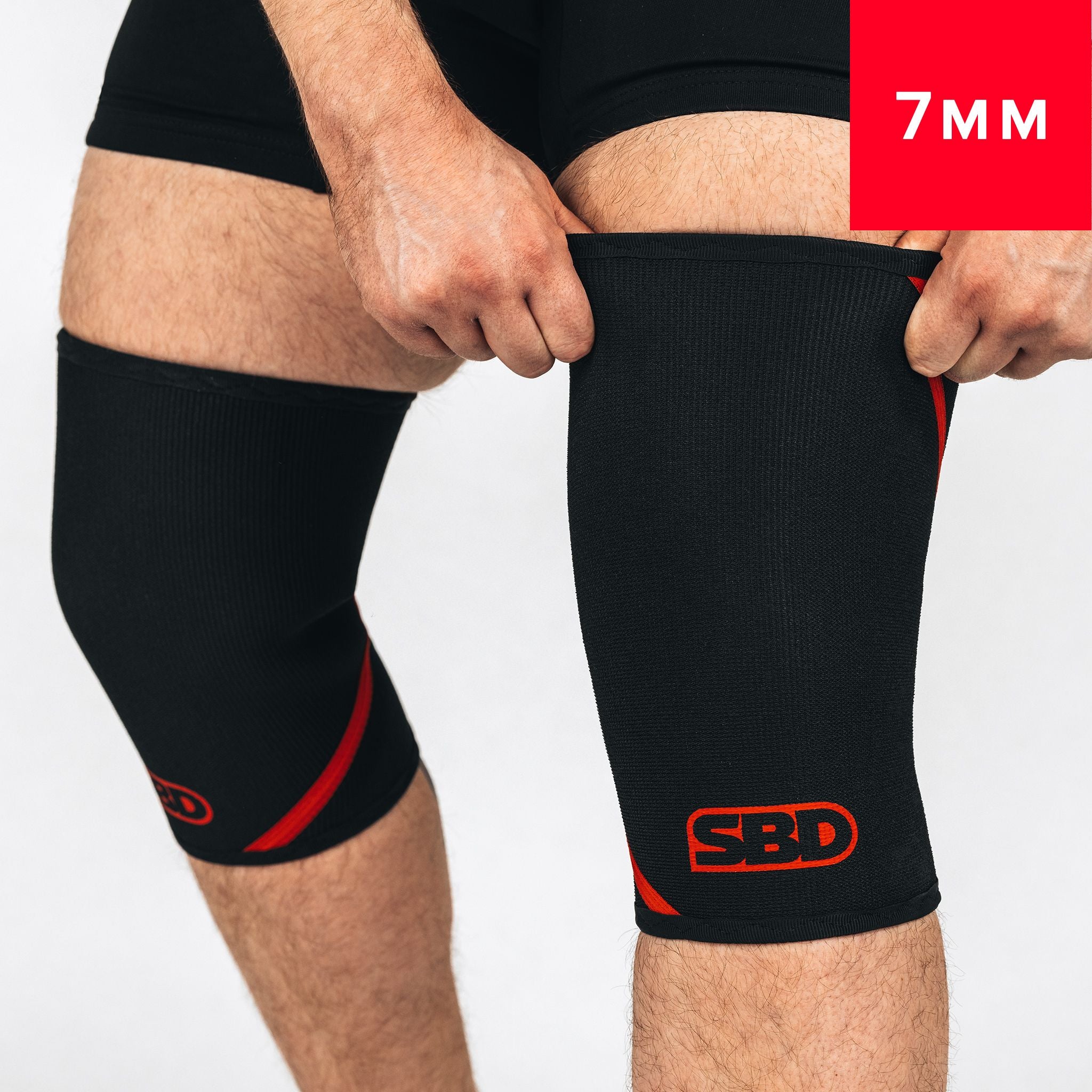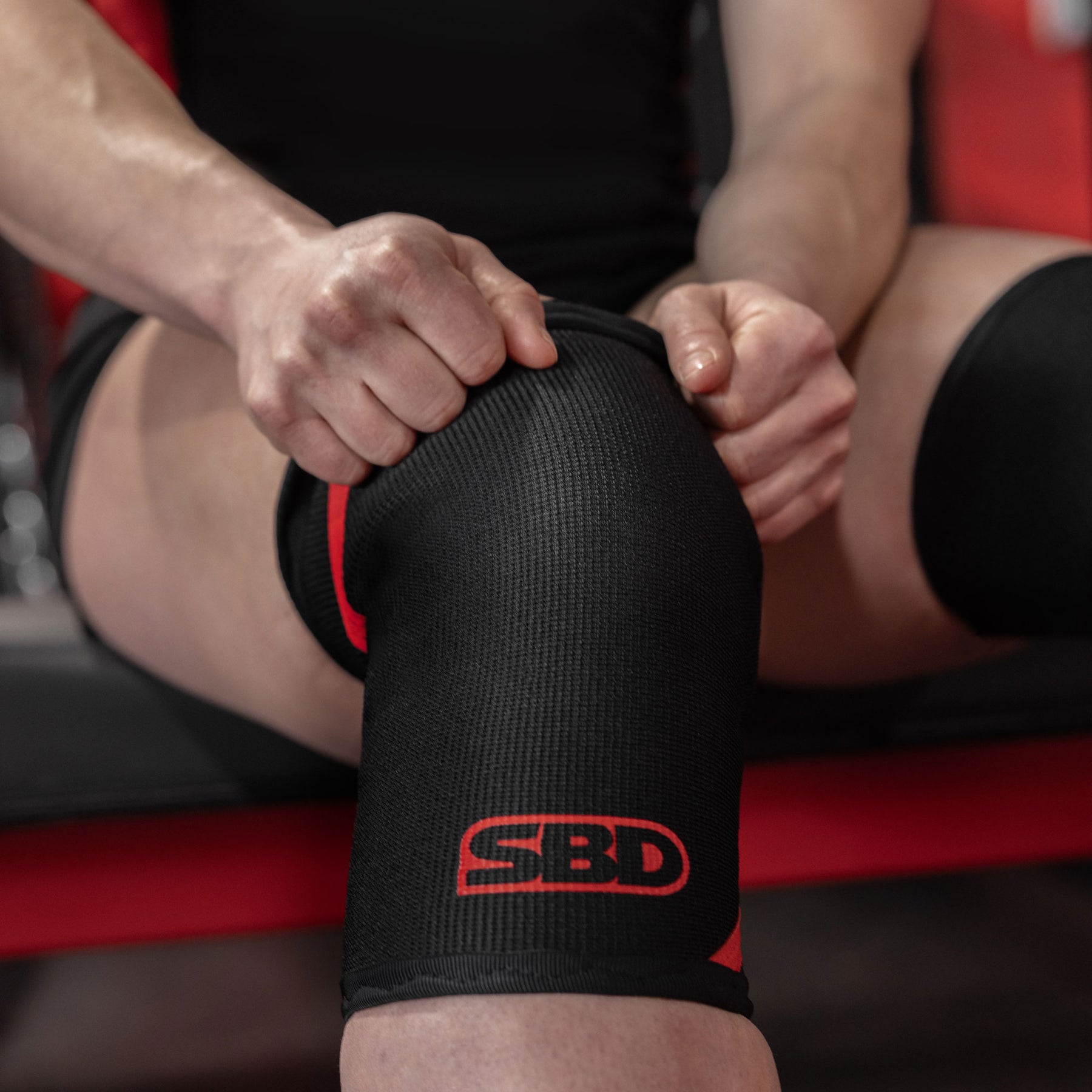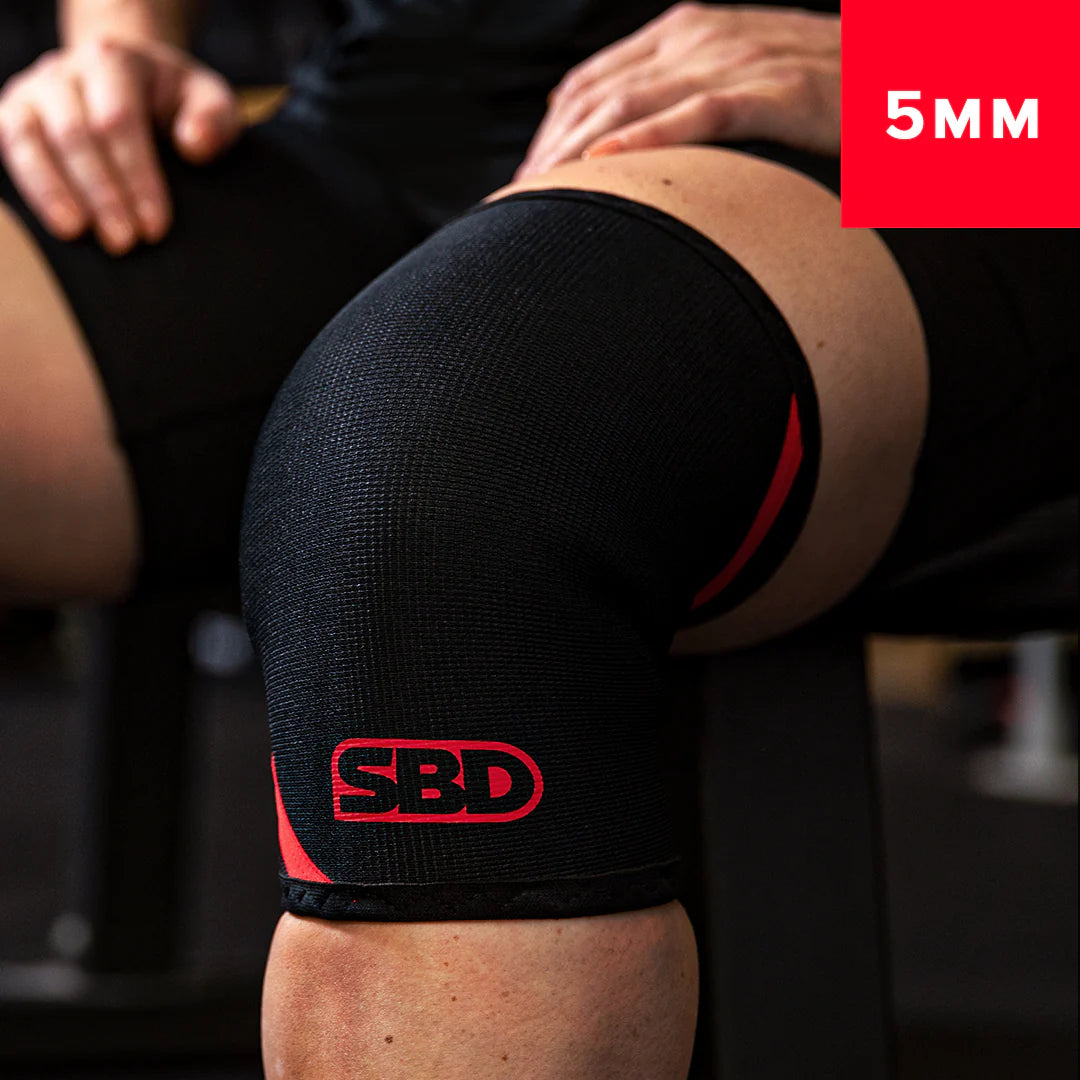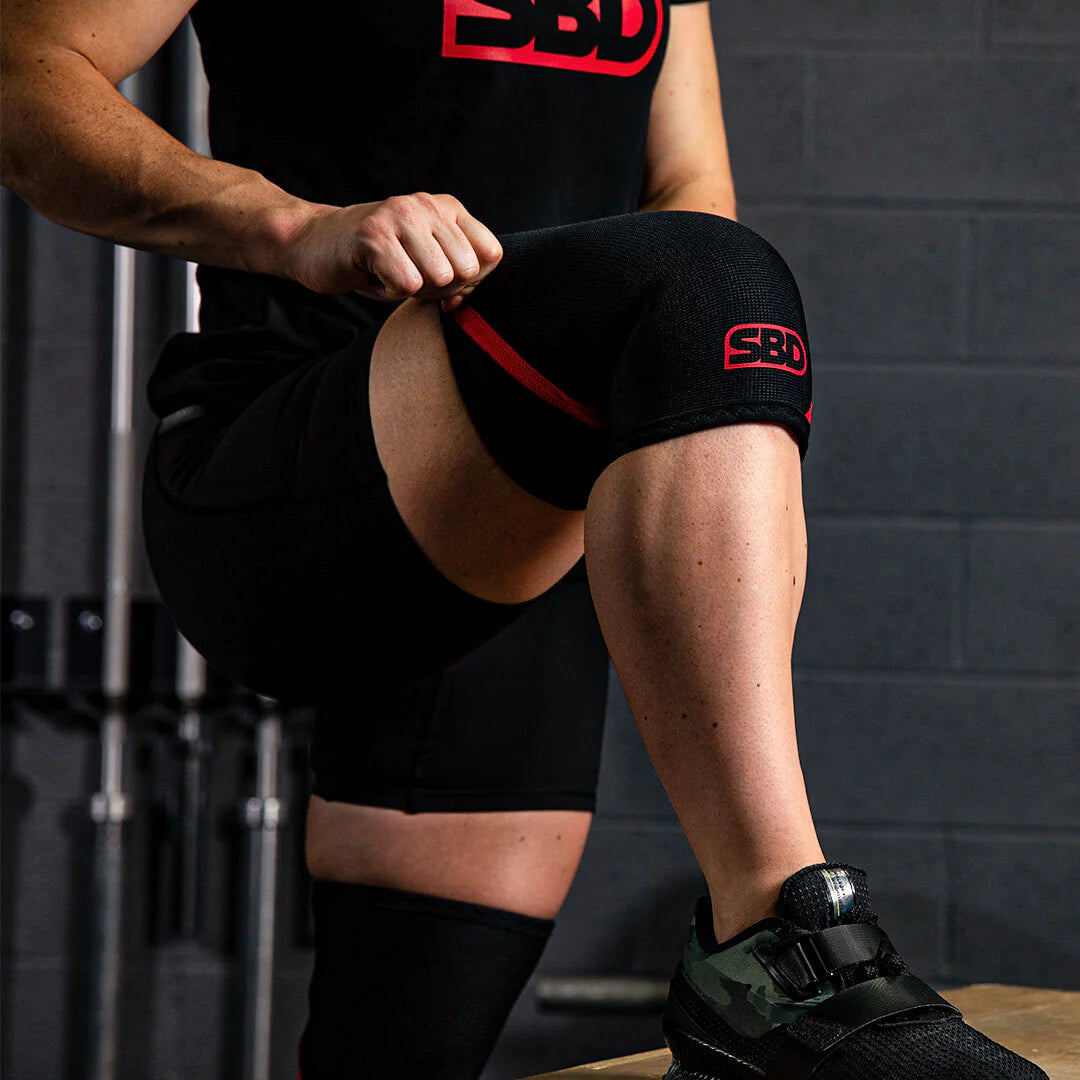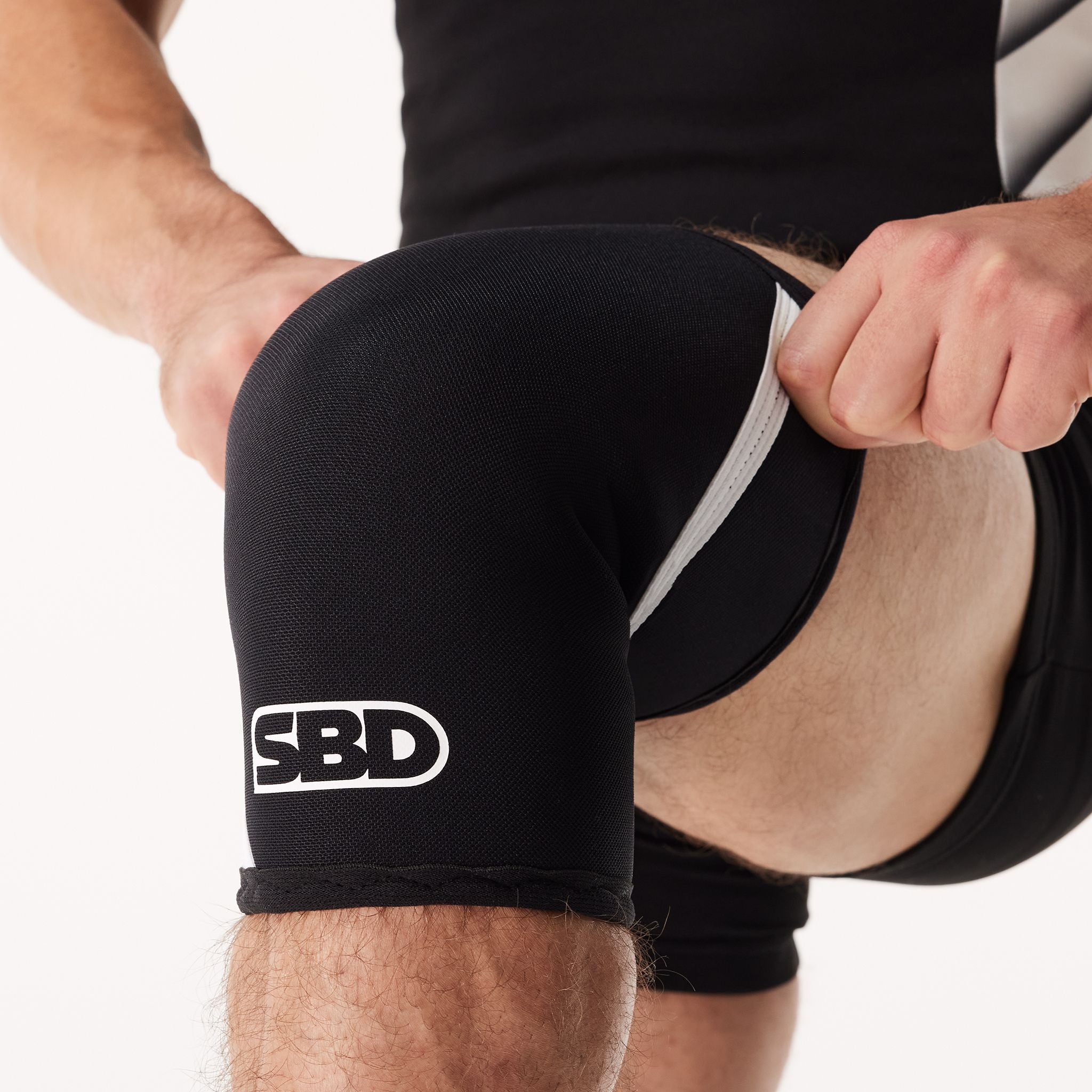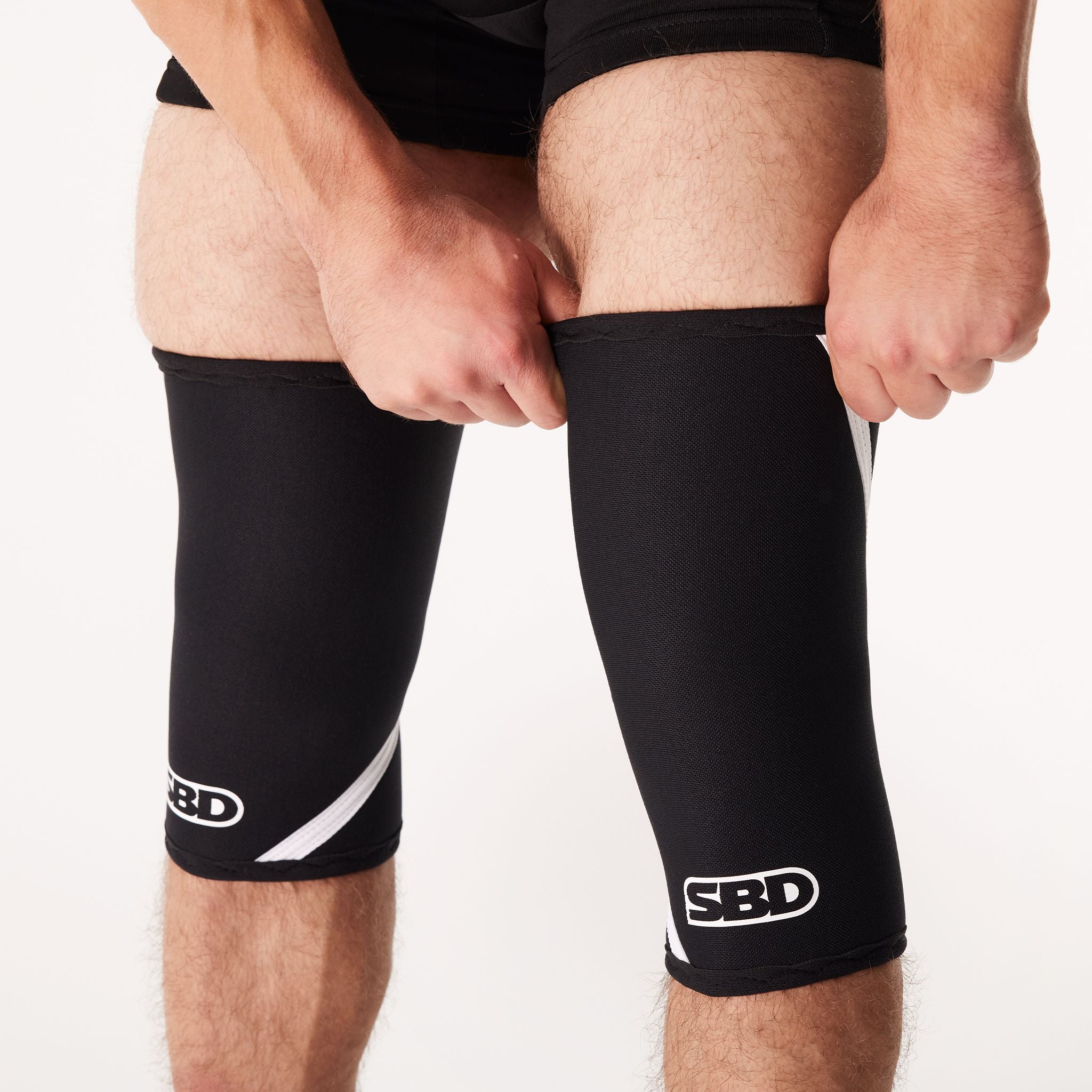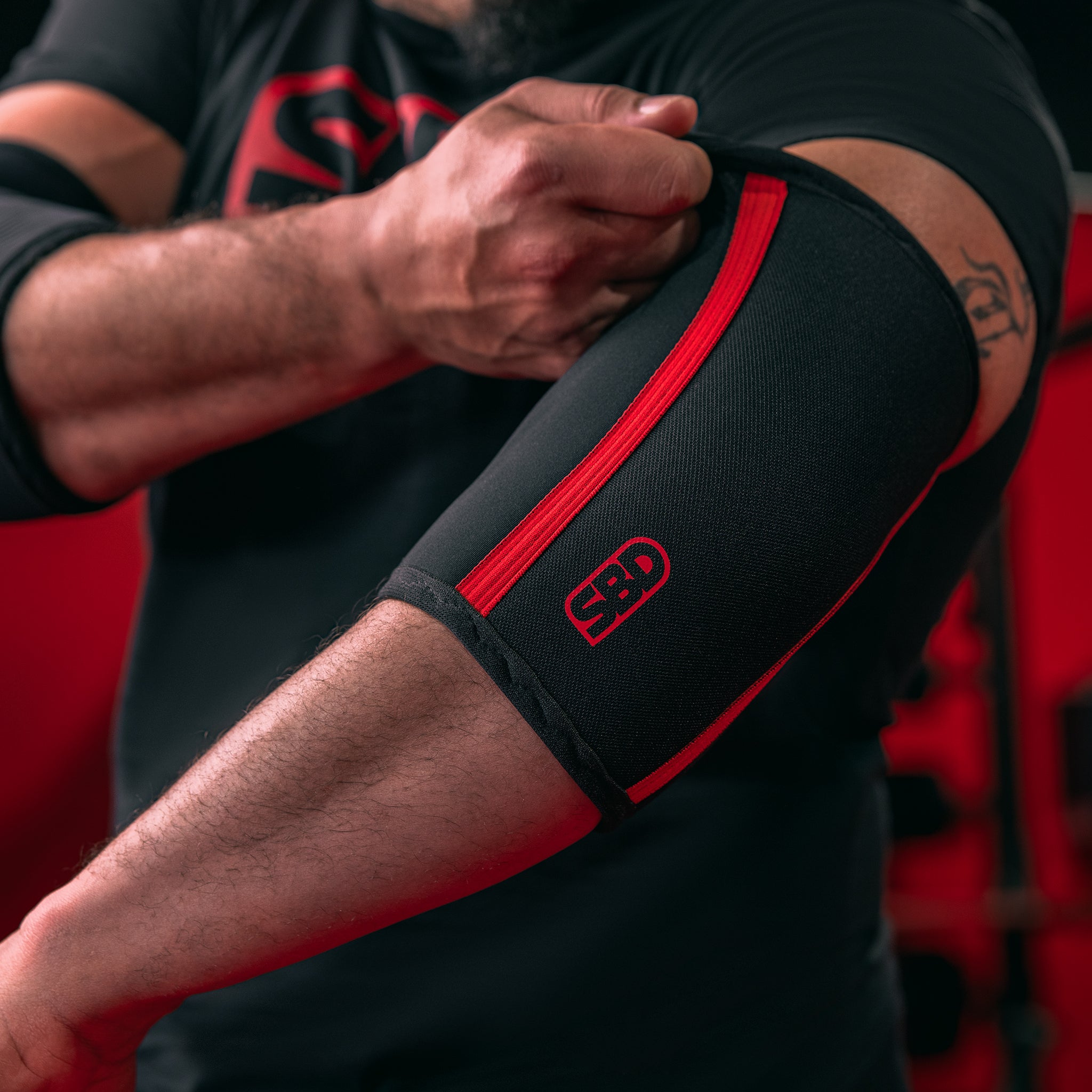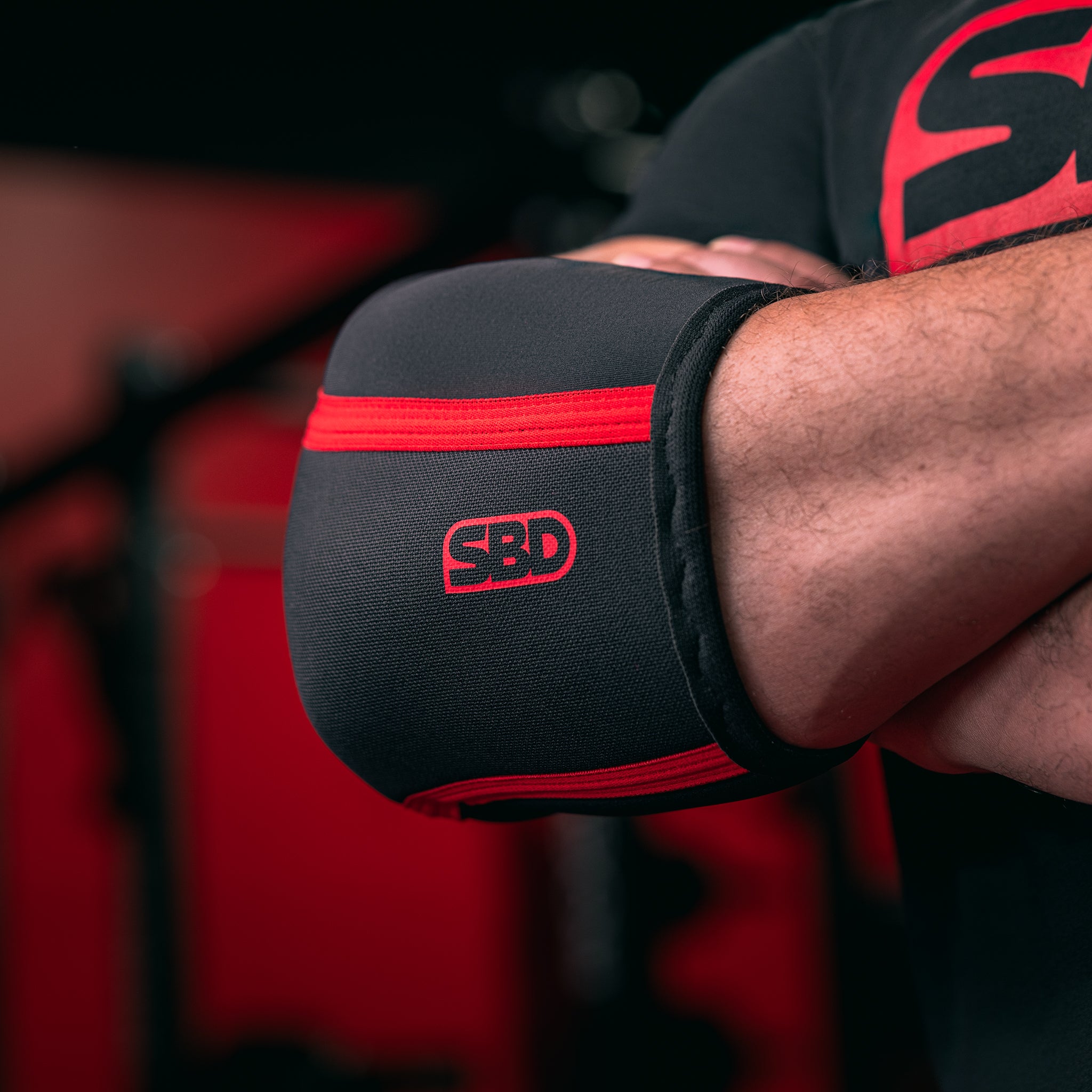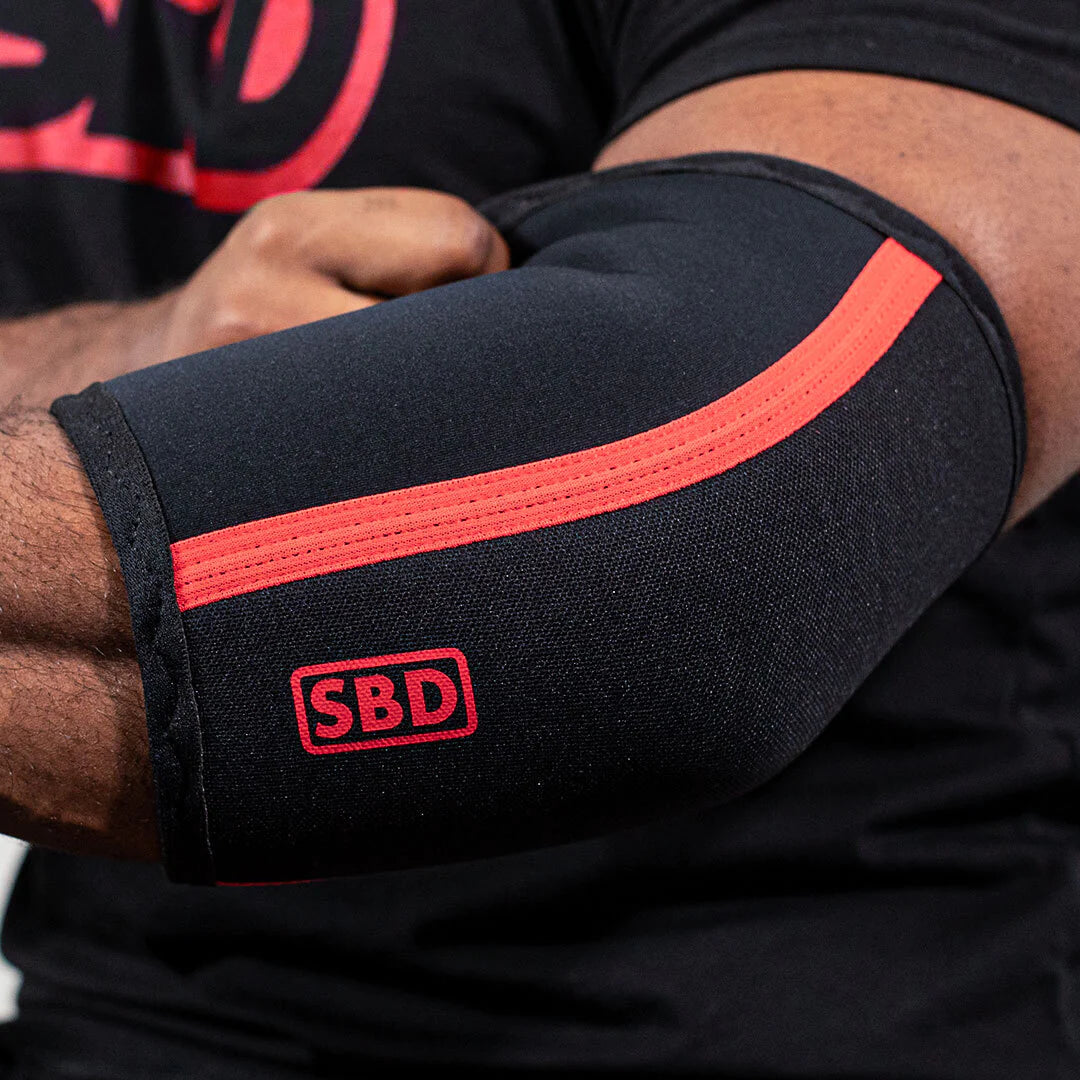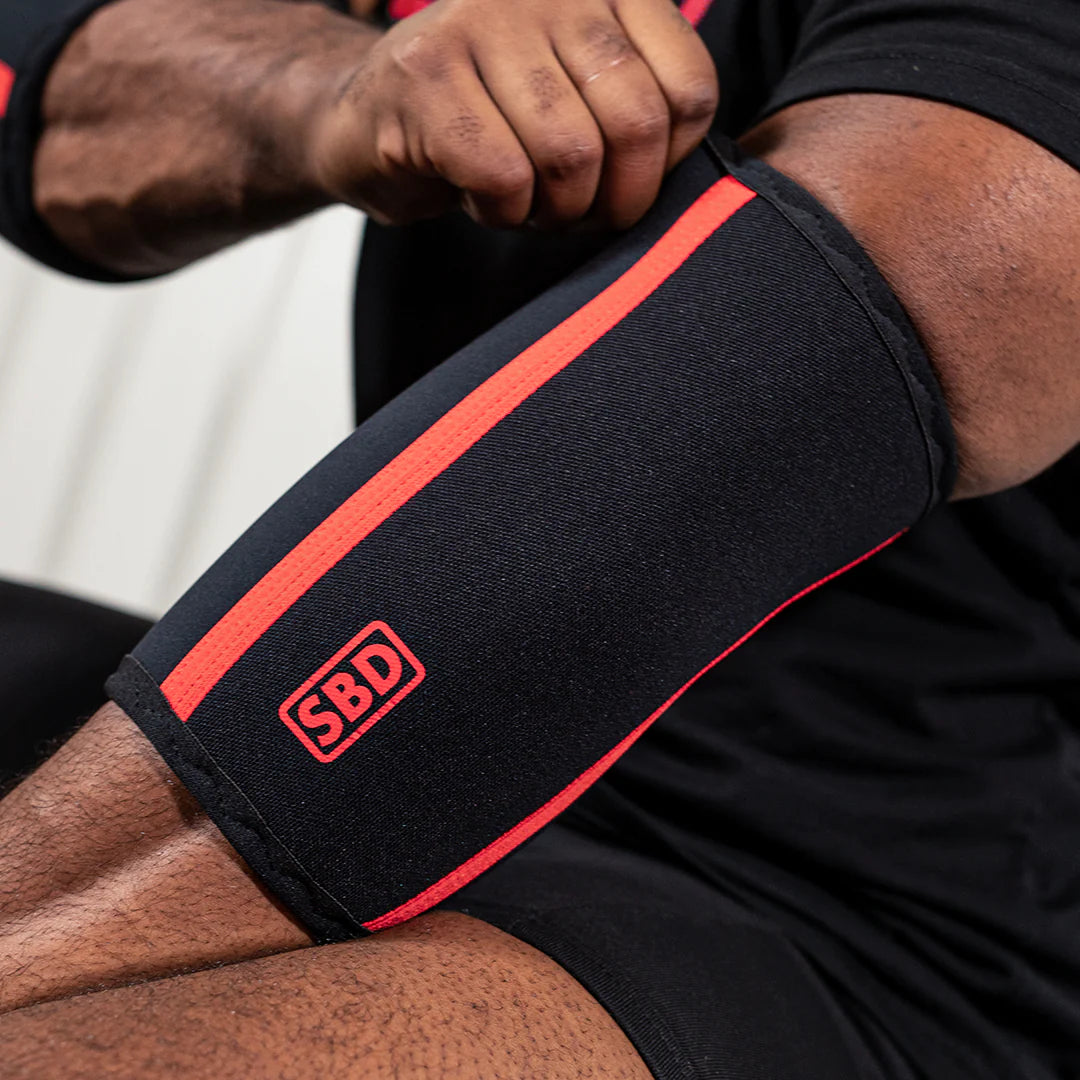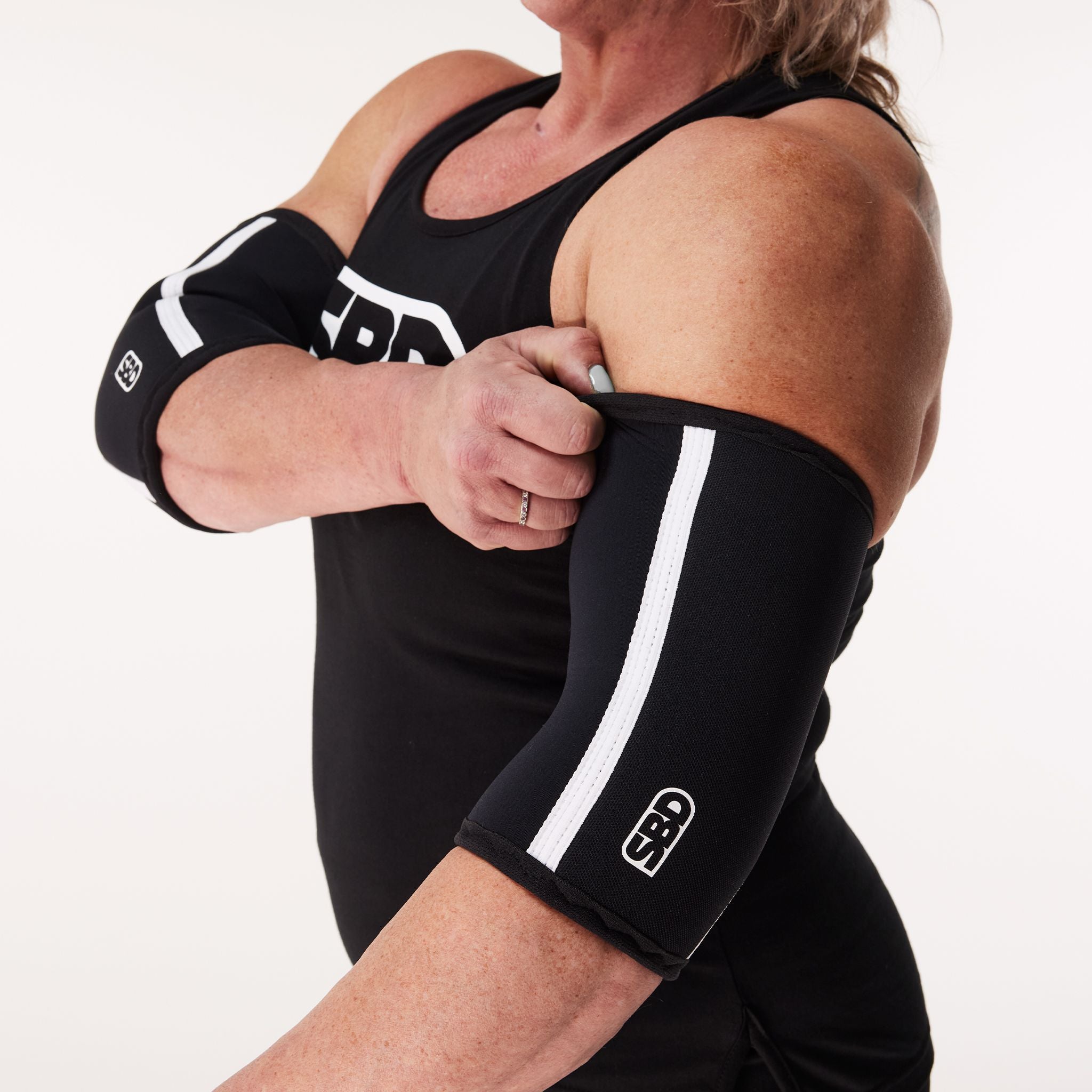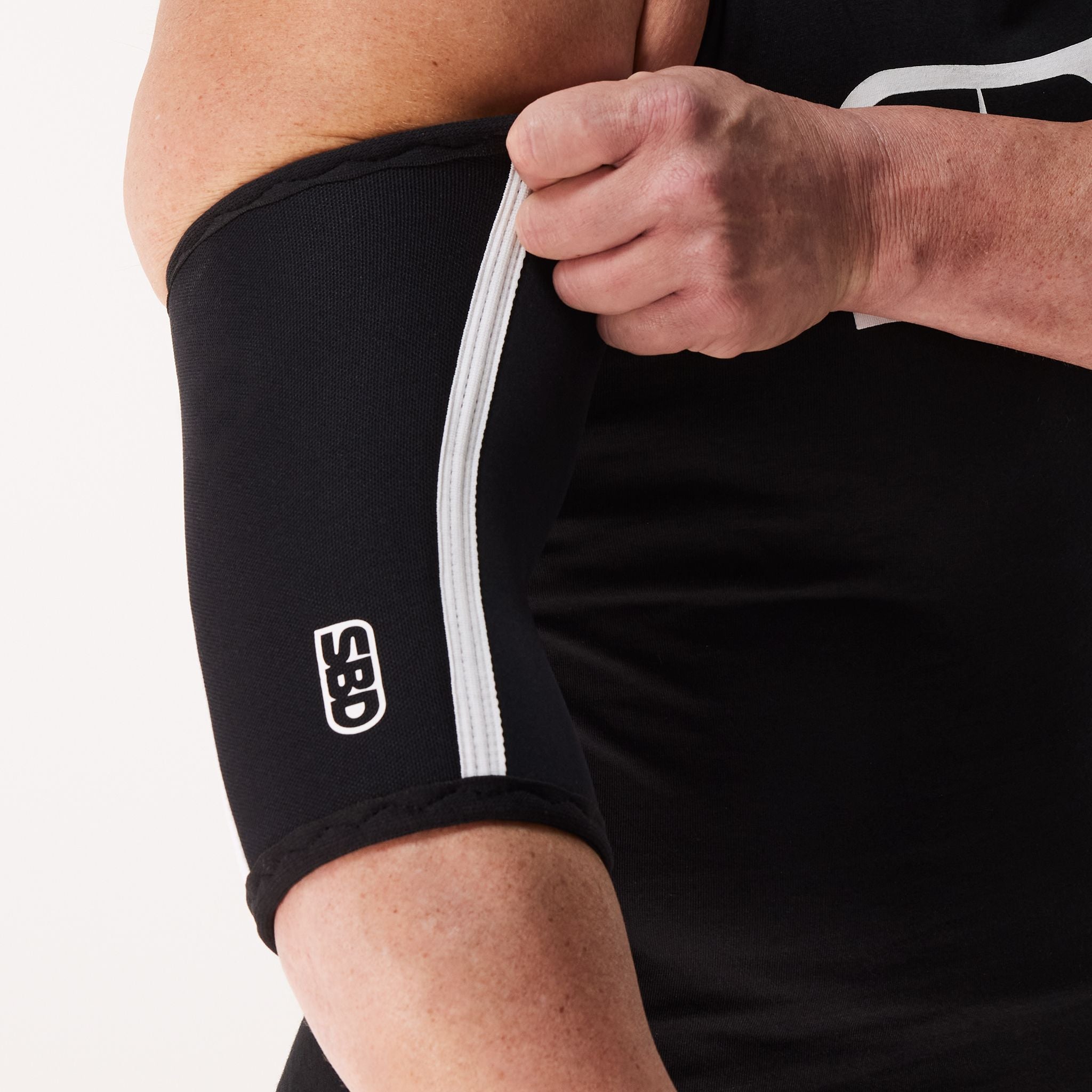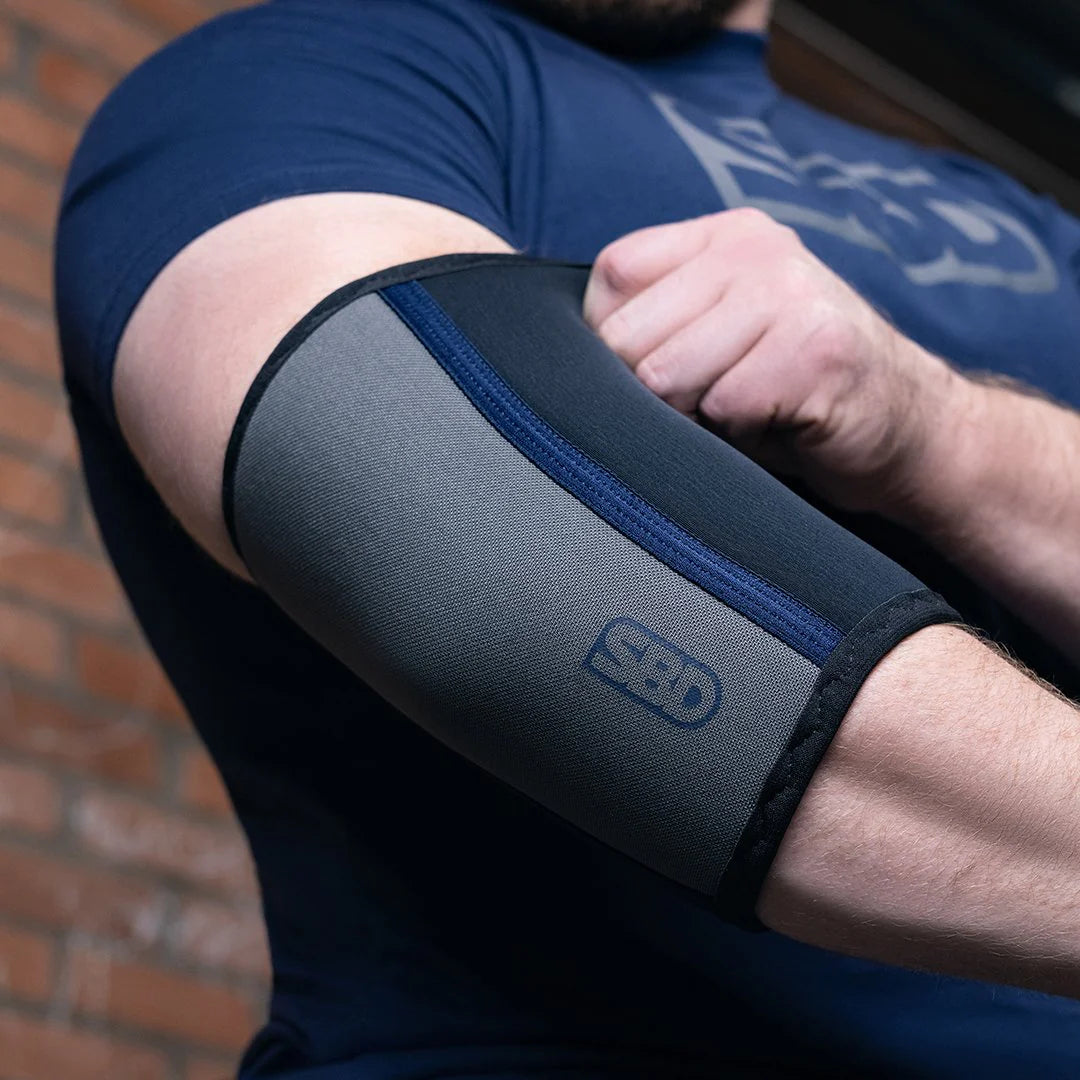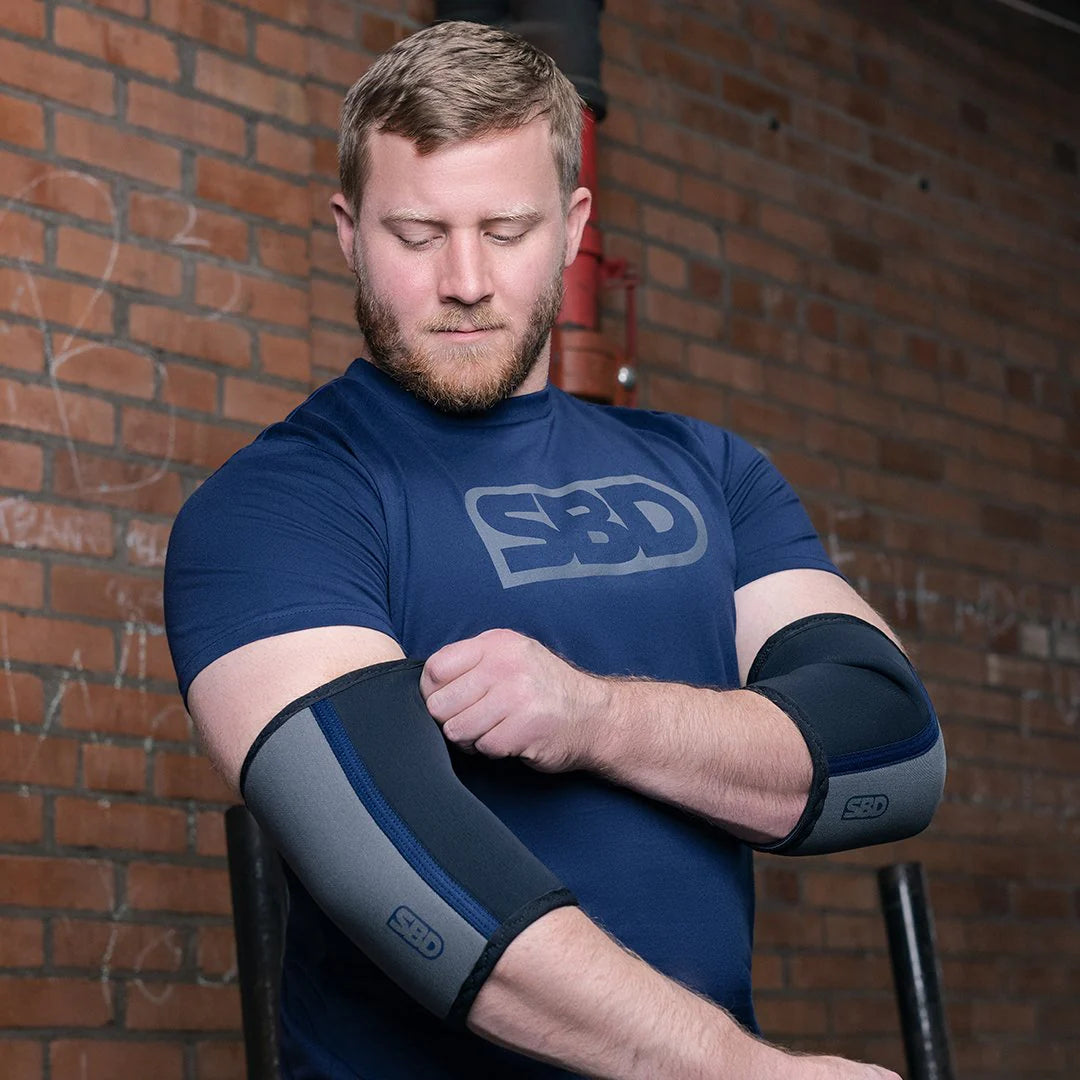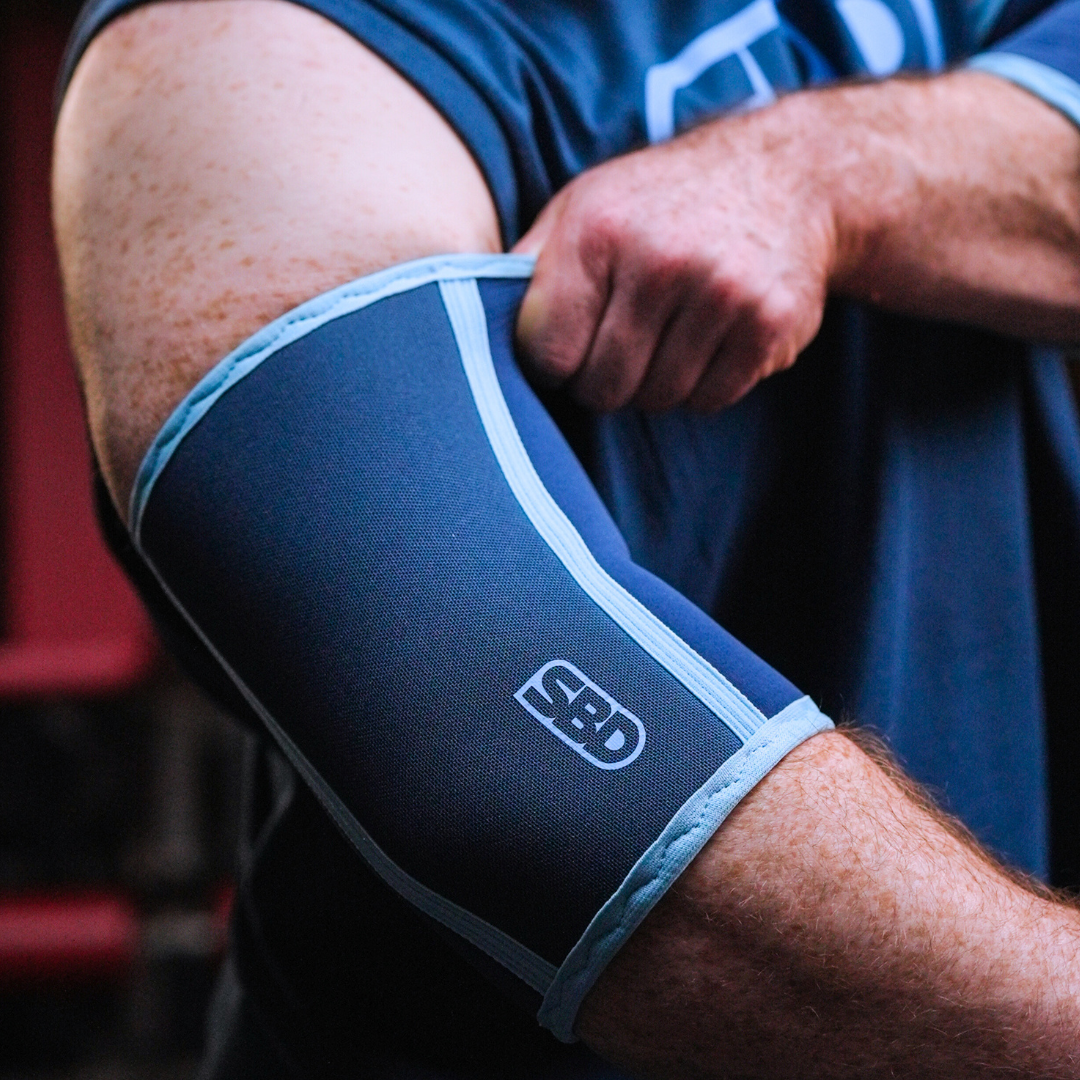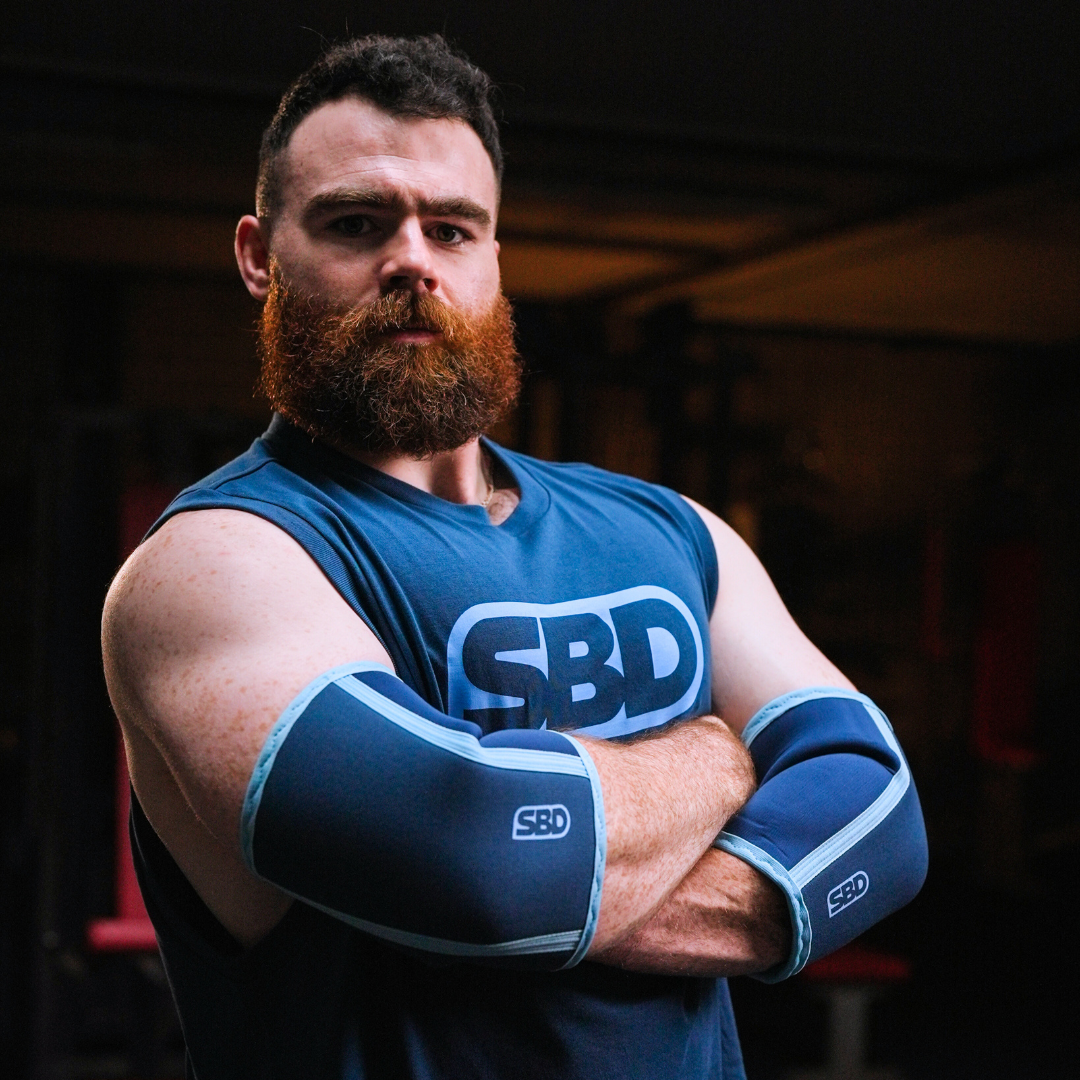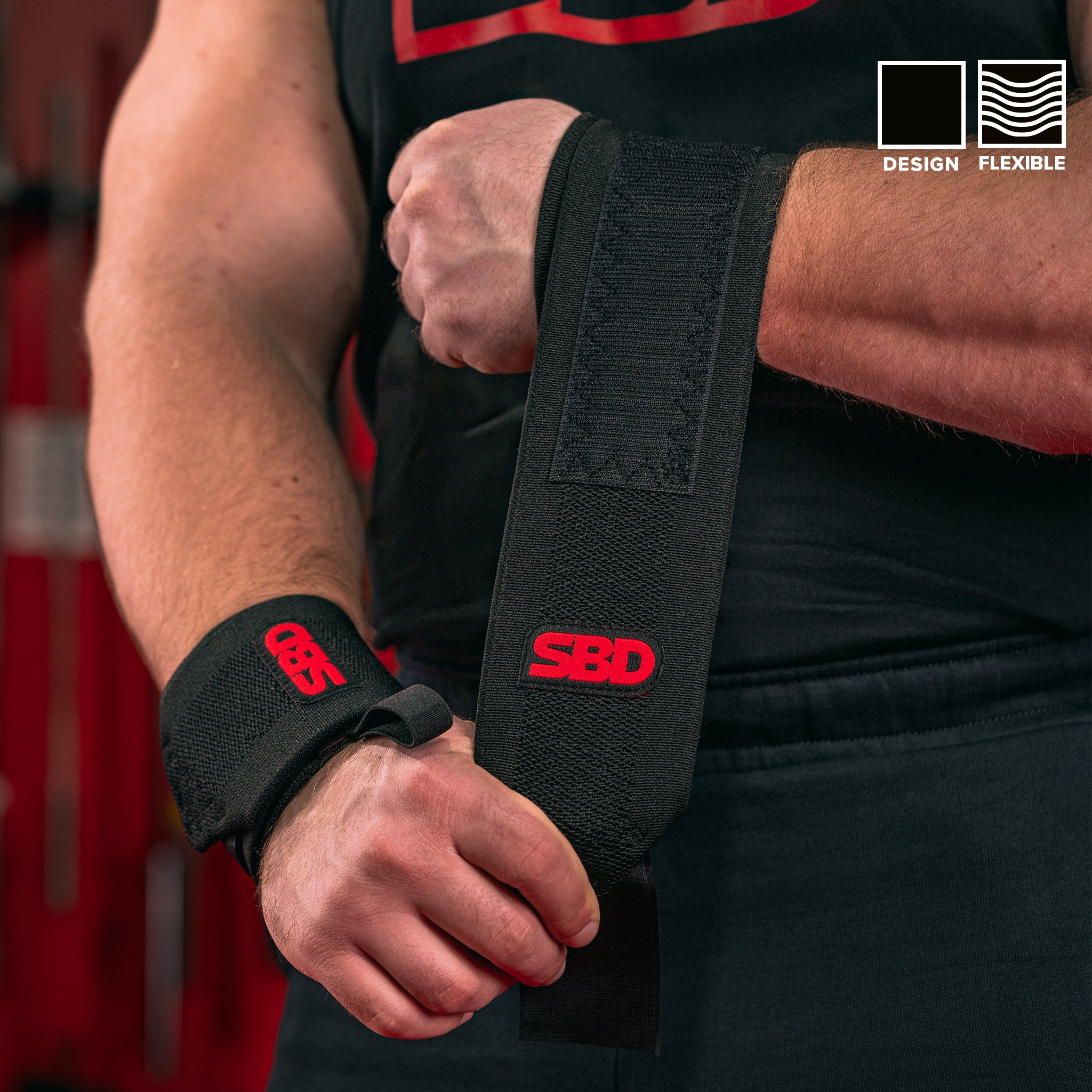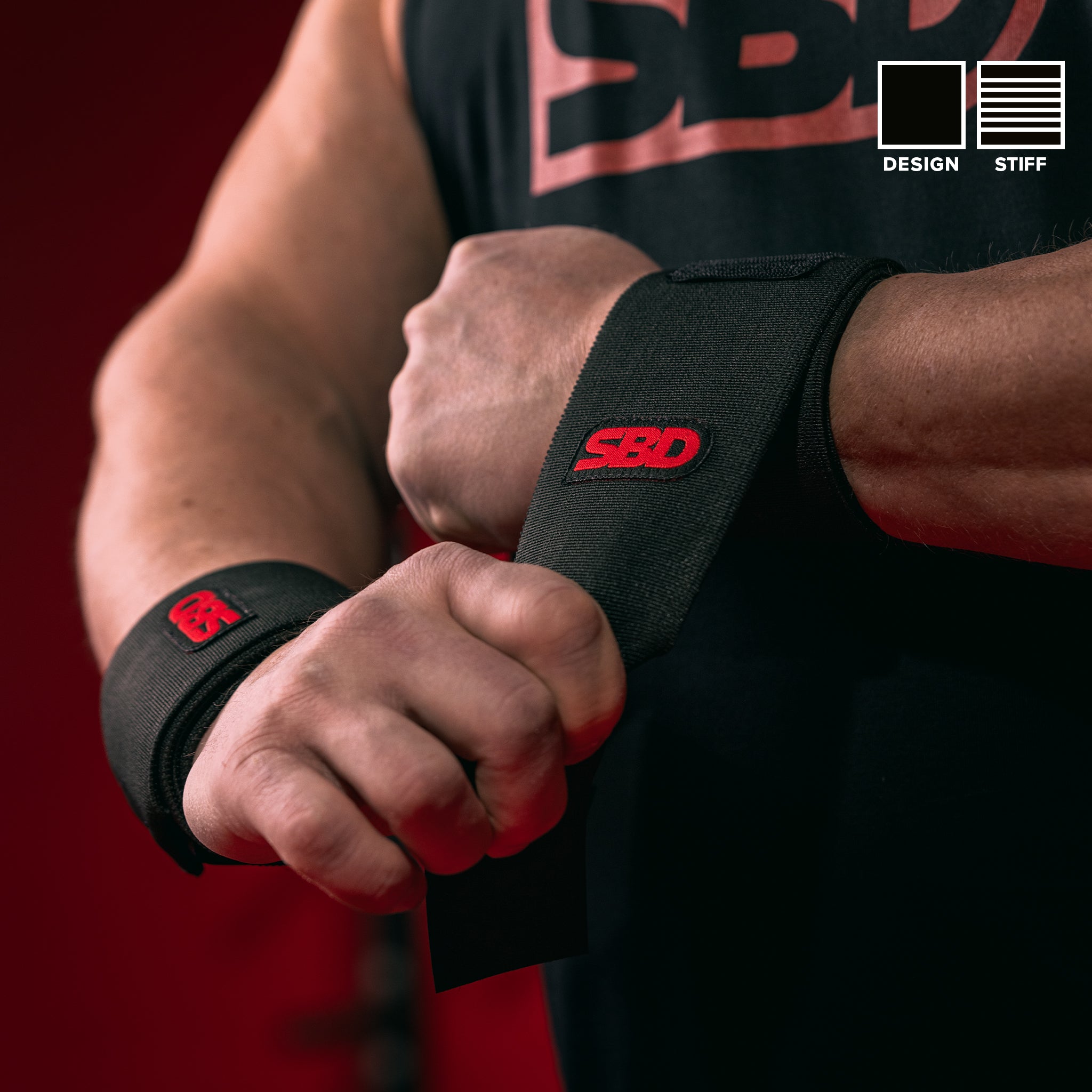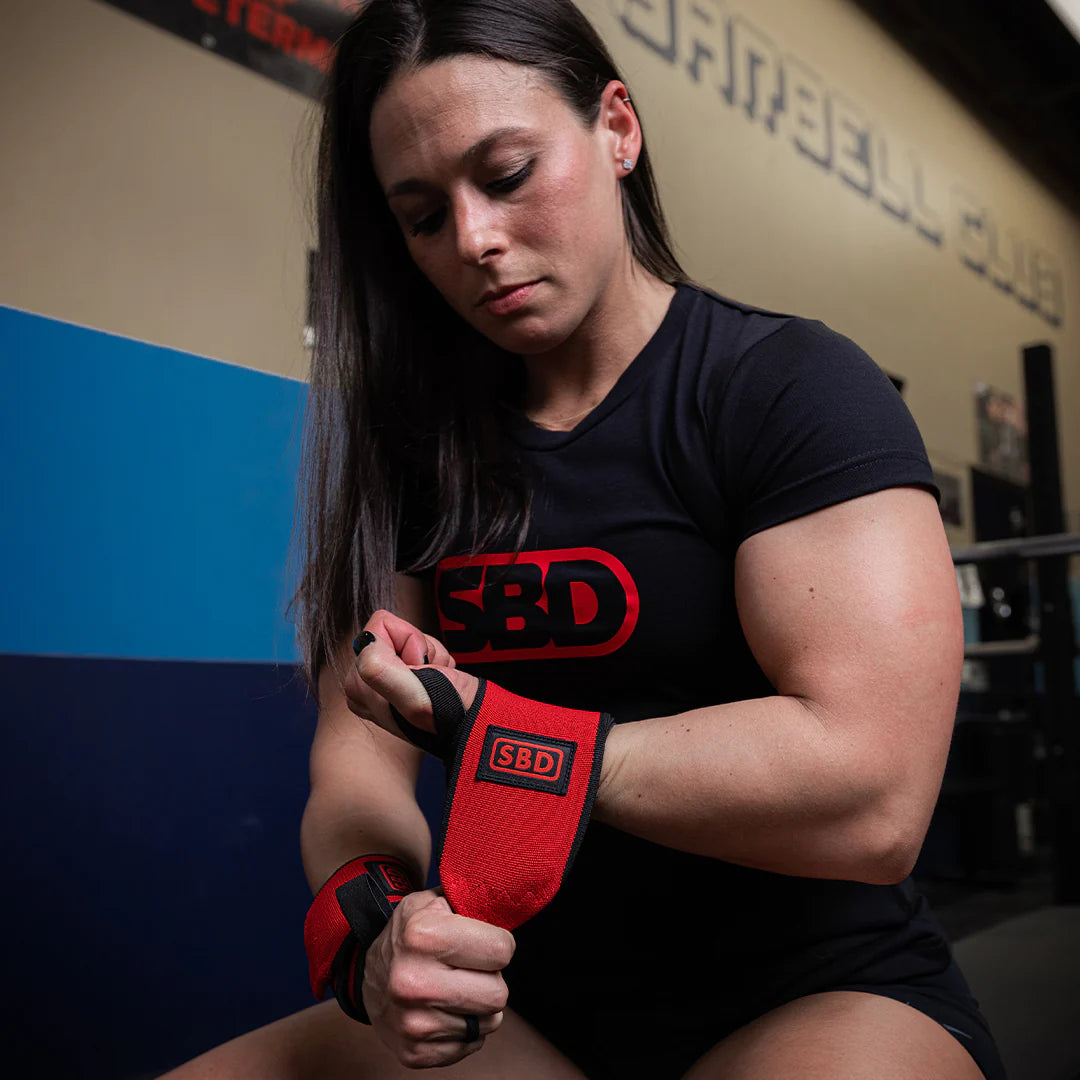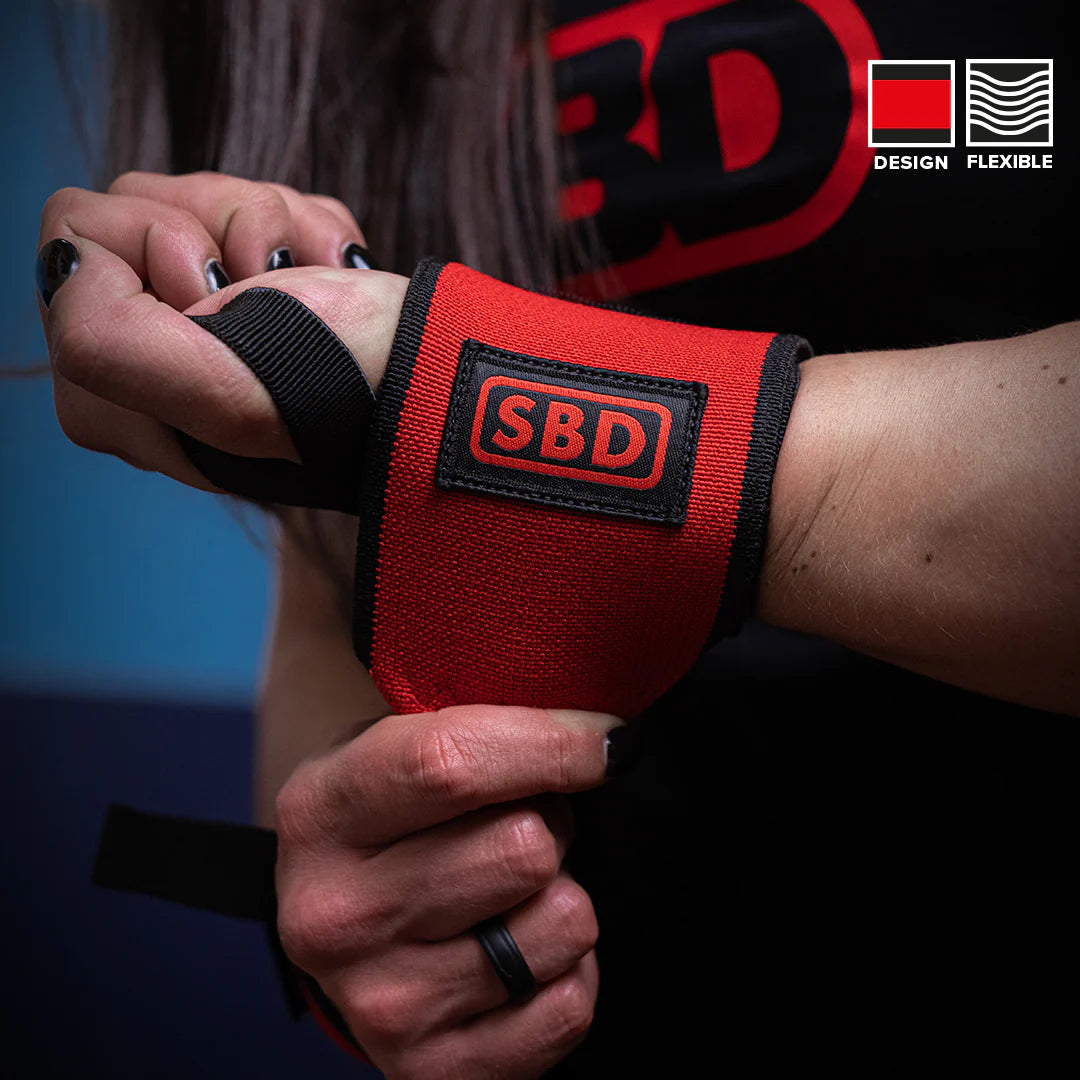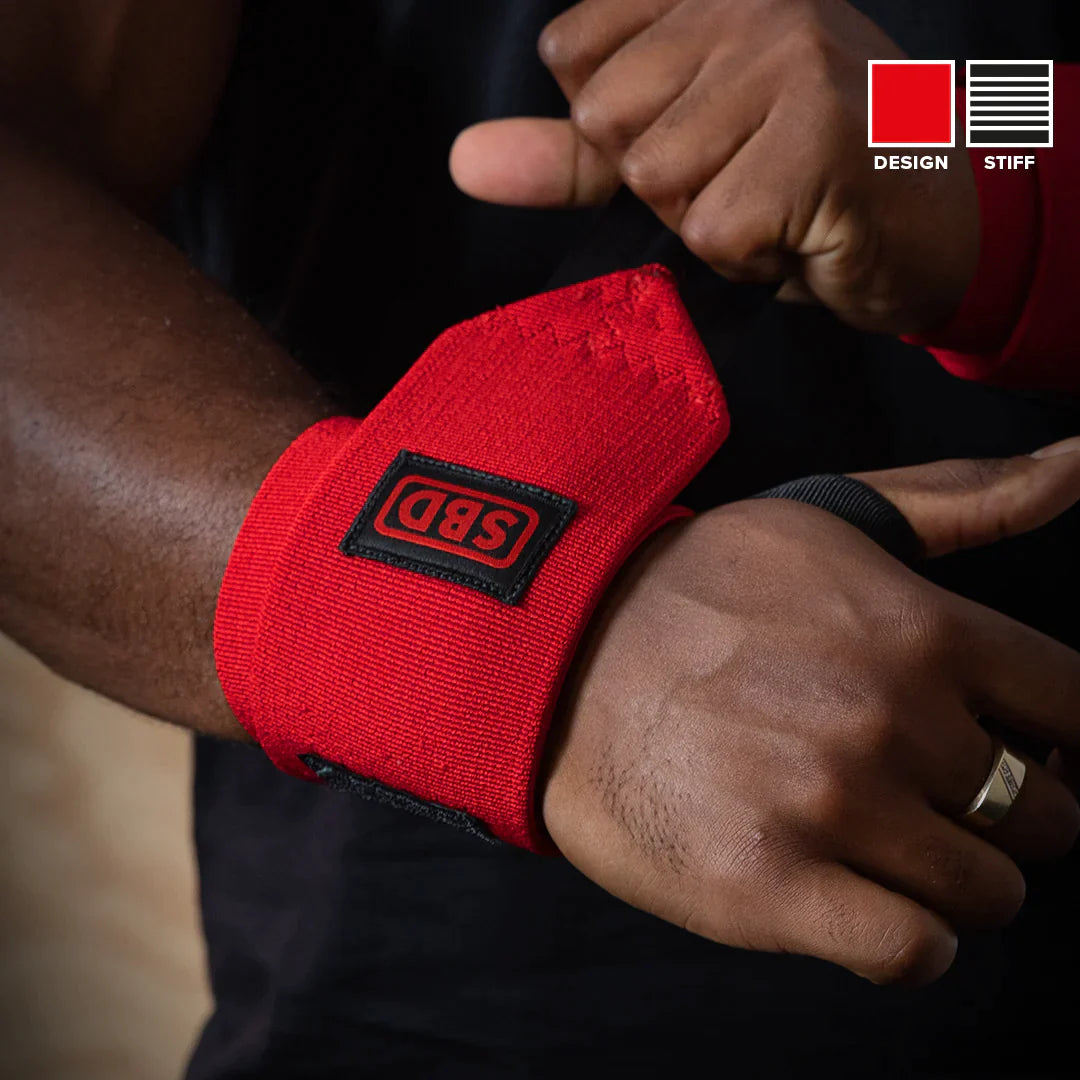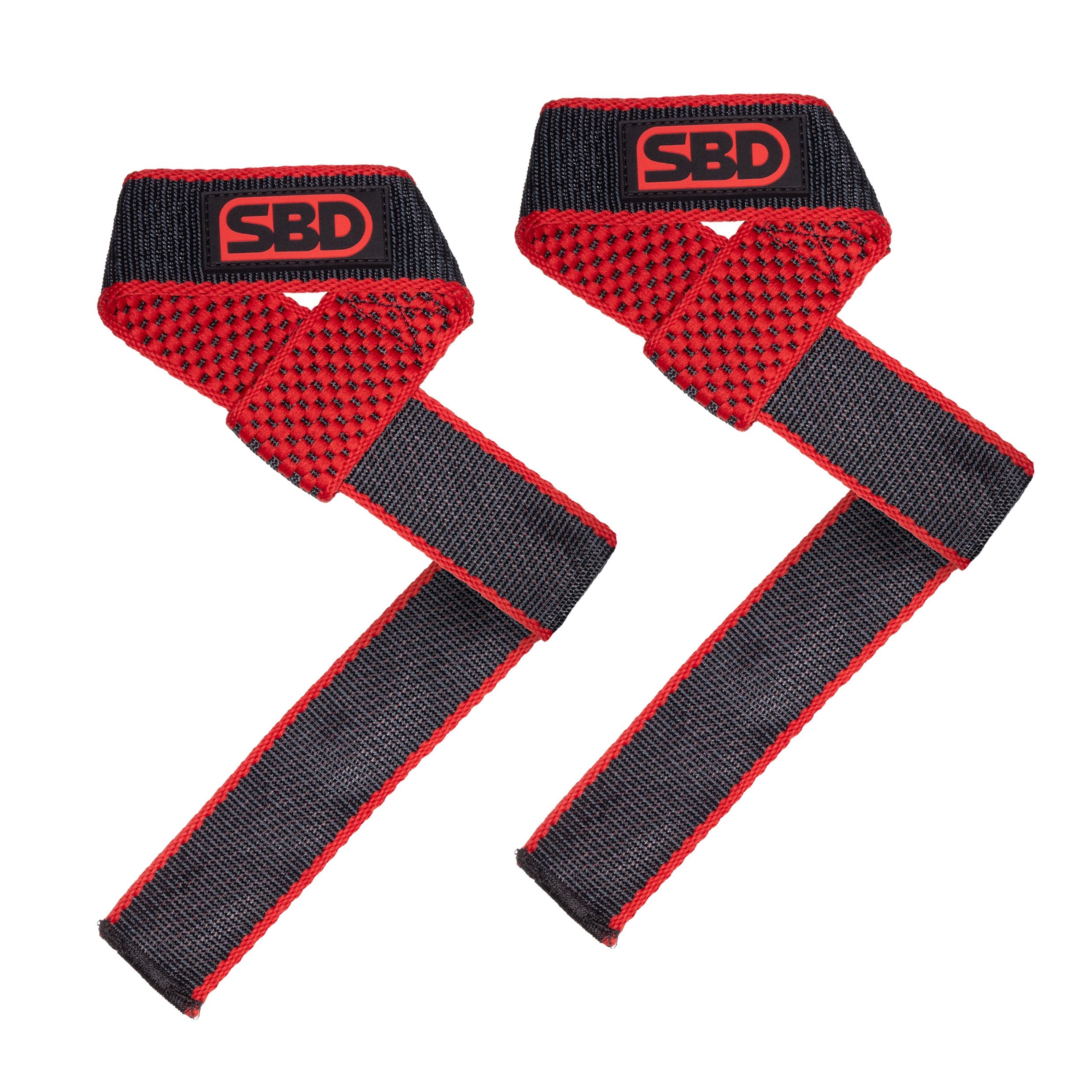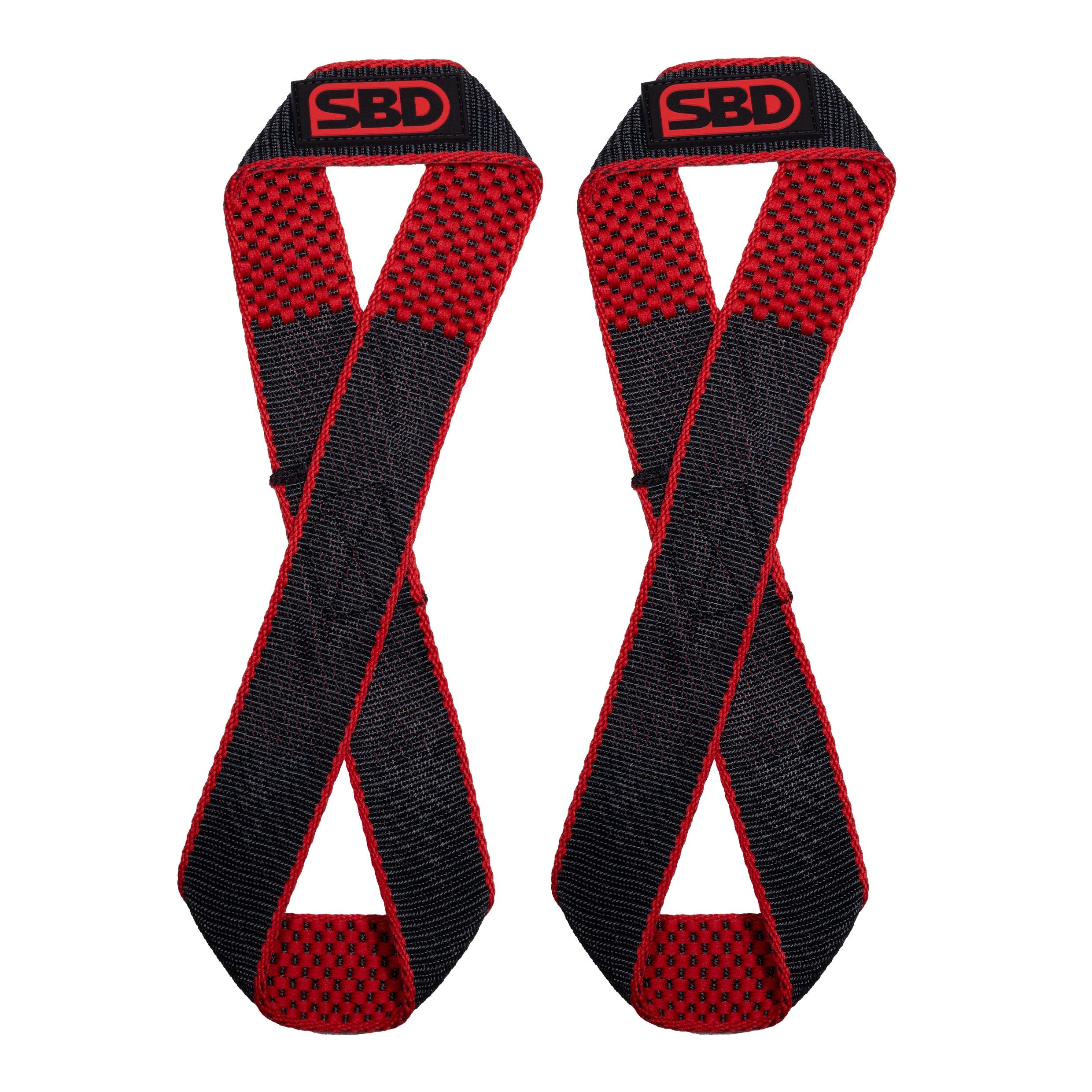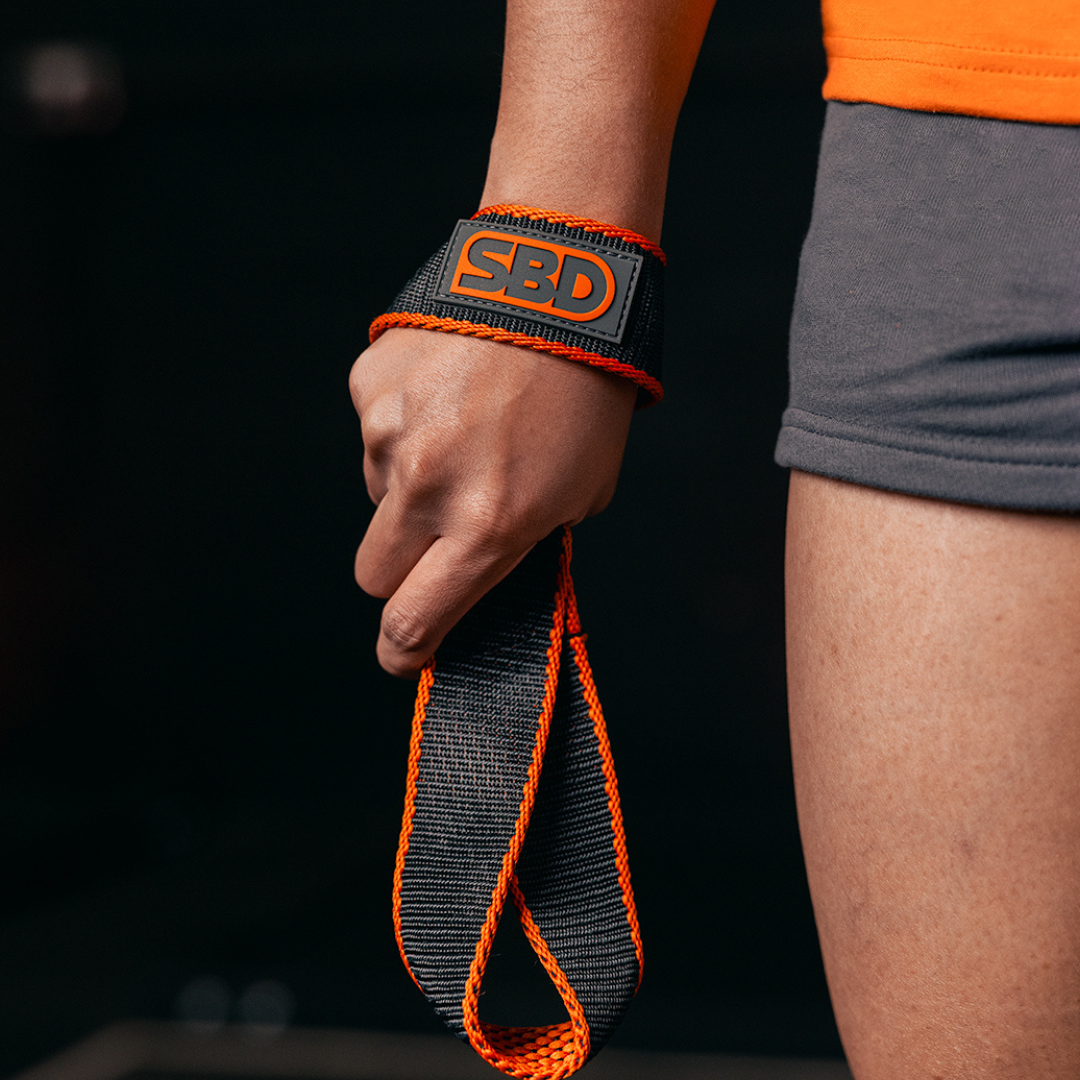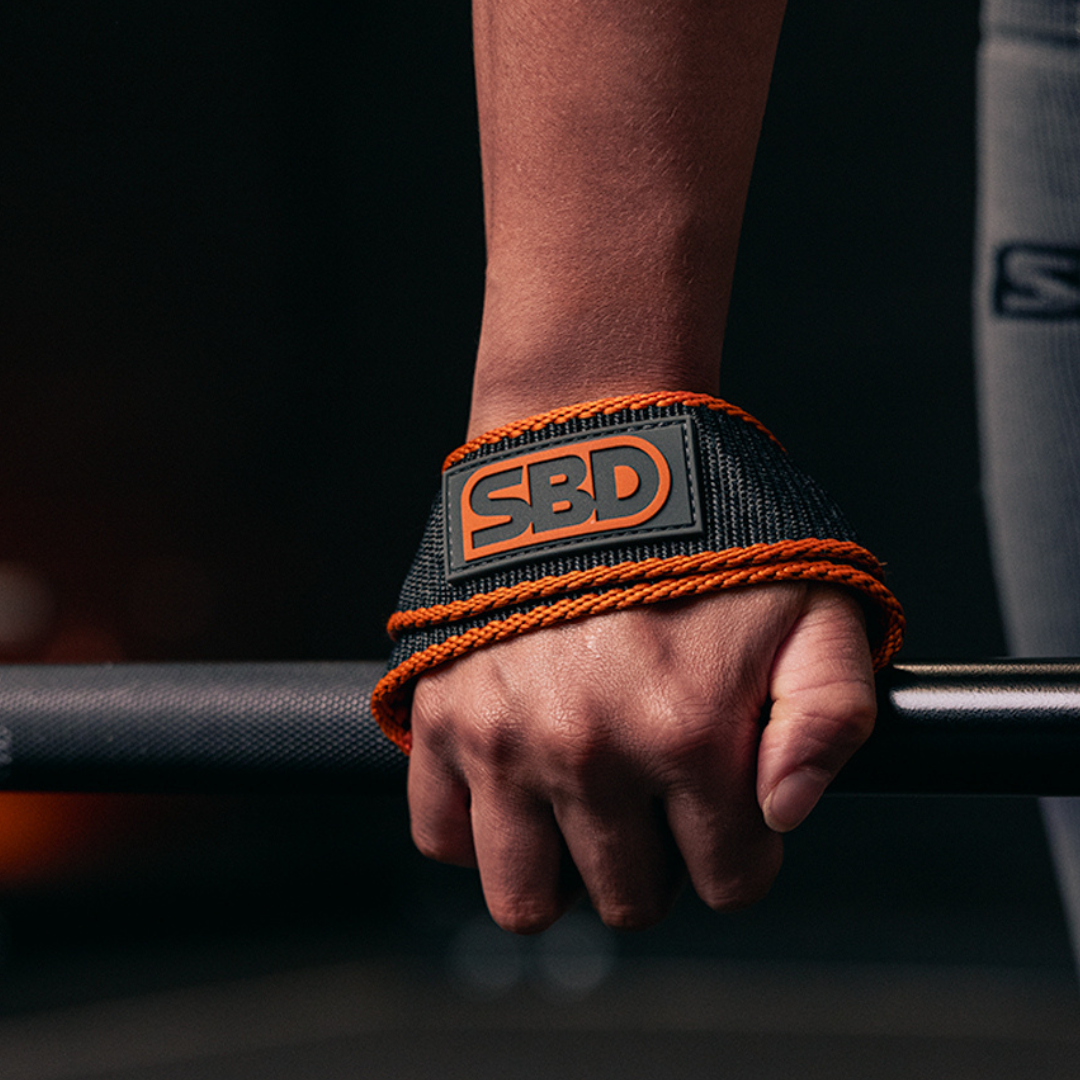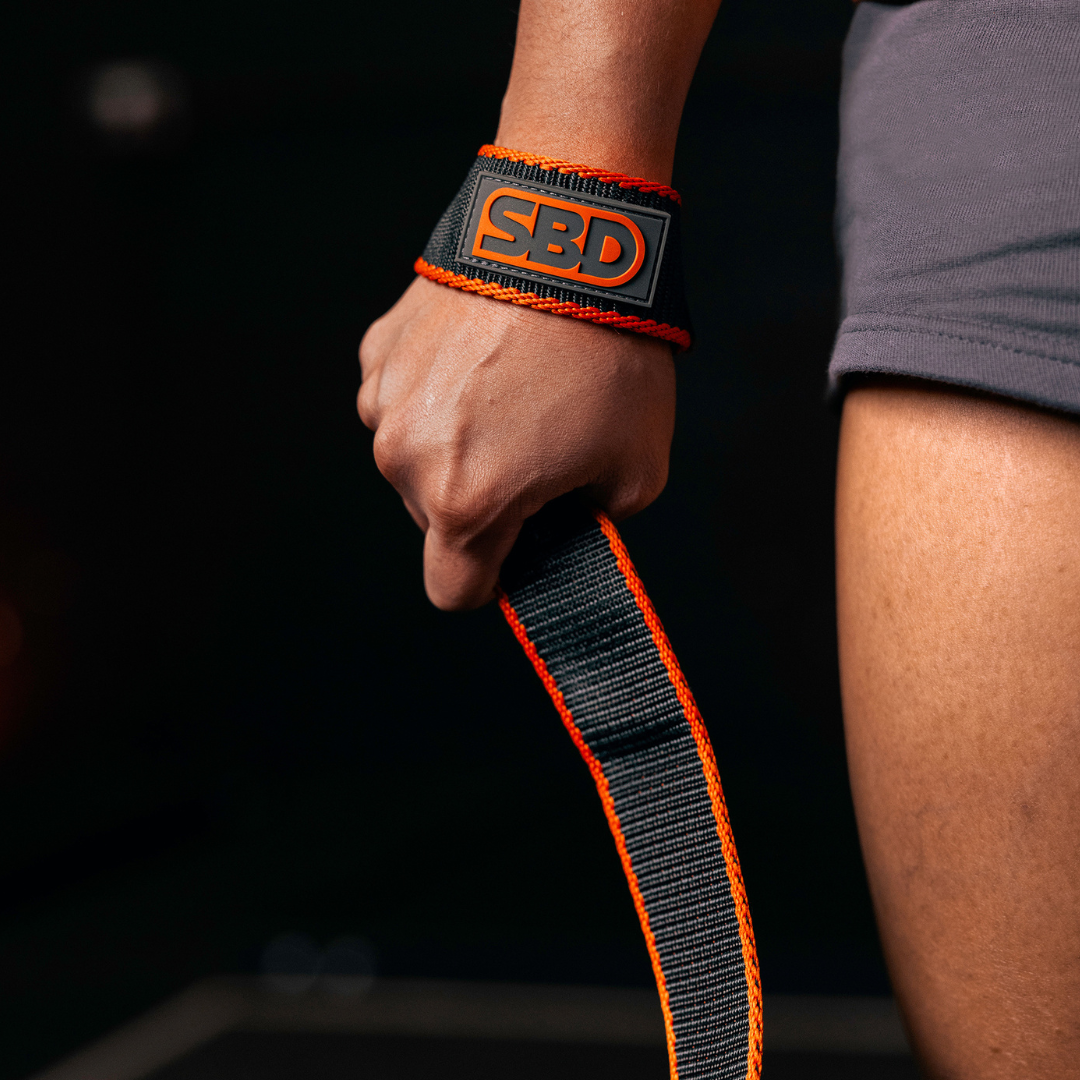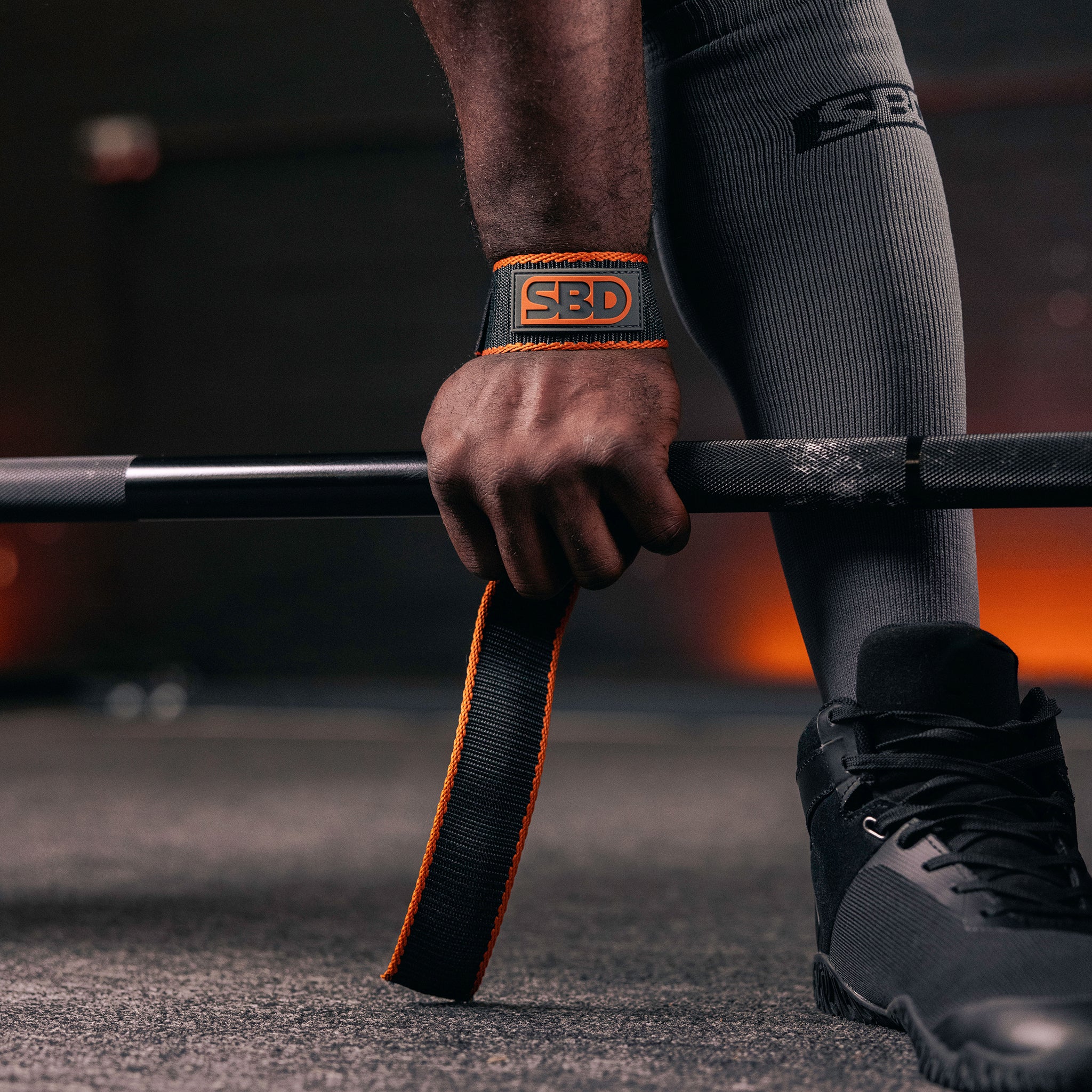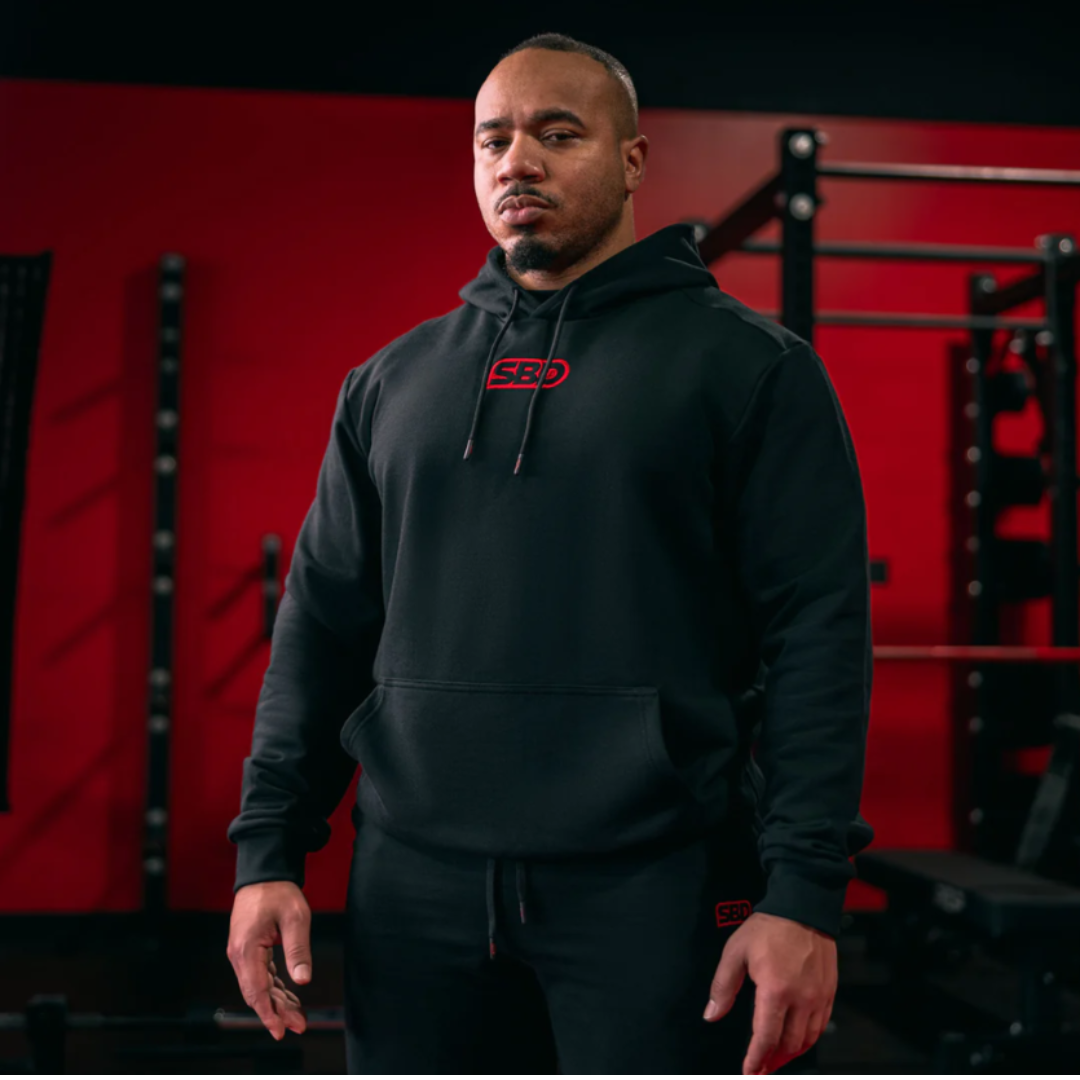The front squat is a powerful and versatile exercise that is often overlooked in favour of its more popular cousin, the back squat. However, incorporating front squats into your training routine can yield significant benefits, including improved leg strength, enhanced core stability, and better overall athletic performance.
In this blog, we will delve into the benefits of front squats, provide detailed instructions on how to perform them correctly, and offer tips for maximising your front squat workouts.
Benefits of Front Squats
-
Enhanced Quadriceps Development: The front squat places greater emphasis on the quadriceps compared to the back squat. This makes it an excellent exercise for building strong, muscular legs.
-
Improved Core Stability: Holding the barbell in front of your body requires significant core engagement to maintain an upright torso. This strengthens your abdominal muscles and improves overall core stability.
-
Better Posture: The front squat encourages an upright posture, which can help improve your overall body alignment and reduce the risk of back injuries.
-
Increased Mobility: Performing front squats requires good ankle, hip, and thoracic spine mobility. Regular practice can help improve your flexibility and range of motion in these areas.
-
Versatility: Front squats can be incorporated into various training routines, from strength and hypertrophy programmes to conditioning and athletic performance workouts.
How to Perform the Front Squat
-
Setup:
- Start with the barbell in a rack at shoulder height.
- Position your feet shoulder-width apart.
- Place your hands on the bar slightly wider than shoulder-width.
- Move under the bar, bringing your elbows up and forward, creating a shelf with your shoulders to rest the barbell on.
-
Grip:
- Use a clean grip (fingers under the bar) or a crossed-arm grip, depending on your flexibility and comfort.
- Ensure your elbows are high, parallel to the ground, to keep the barbell secure.
-
Unrack the Bar:
- Stand up to lift the bar off the rack, step back, and position your feet shoulder-width apart or slightly wider.
-
Descent:
- Inhale deeply, brace your core, and initiate the squat by bending at the hips and knees.
- Keep your chest up and elbows high to maintain an upright torso.
- Lower yourself until your thighs are parallel to the ground or slightly below.
-
Ascent:
- Drive through your heels to stand back up, keeping your chest up and core engaged.
- Exhale as you return to the starting position.
-
Repeat:
- Perform the desired number of repetitions while maintaining proper form throughout.
Tips for Mastering the Front Squat
-
Focus on Mobility: Good ankle, hip, and thoracic spine mobility are crucial for performing front squats correctly. Incorporate mobility exercises and stretches into your routine to improve your flexibility.
-
Strengthen Your Core: A strong core is essential for maintaining an upright torso during front squats. Include core exercises like planks, Russian twists, and hanging leg raises in your training.
-
Practice the Clean Grip: If using the clean grip, practice holding the bar with your fingers under it to improve your wrist and shoulder flexibility. This grip provides better stability and control.
-
Use Proper Footwear: Lifting shoes with a raised heel can help improve your squat form by allowing for greater ankle mobility and a more upright torso. They provide better stability and support compared to regular trainers.
-
Start with Lighter Weights: Focus on mastering the technique with lighter weights before gradually increasing the load. This approach helps you build strength and reduces the risk of injury.
Common Mistakes to Avoid
-
Dropping the Elbows: Allowing your elbows to drop can cause the bar to roll forward and compromise your form. Keep your elbows high throughout the movement.
-
Leaning Forward: Leaning forward shifts the load onto your lower back and can lead to injury. Maintain an upright torso by engaging your core and keeping your chest up.
-
Inadequate Depth: Not squatting deep enough limits the effectiveness of the exercise. Aim to lower yourself until your thighs are parallel to the ground or slightly below.
-
Rushing the Movement: Performing the exercise too quickly can compromise your form. Focus on controlled movements, both on the descent and ascent.
Conclusion
The front squat is a highly effective exercise for building leg strength, enhancing core stability, and improving overall athletic performance. By focusing on proper technique, addressing mobility issues, and incorporating the right accessories, you can master the front squat and reap its numerous benefits. Remember to avoid common mistakes and gradually progress in weight to ensure safe and effective training. Happy lifting!
Frequently Asked Questions (FAQs)
-
How often should I include front squats in my workout routine? Incorporate front squats 1-2 times per week, depending on your overall training programme and goals. Ensure adequate rest between sessions to allow for recovery.
-
Can I perform front squats if I have limited wrist flexibility? Yes, you can use a crossed-arm grip or straps to secure the barbell if you have limited wrist flexibility. Work on improving your wrist mobility over time.
-
Are front squats better than back squats? Both exercises have their benefits. Front squats emphasise the quadriceps and core, while back squats target the posterior chain more effectively. Incorporating both into your routine can provide balanced development.
-
Should I use a belt for front squats? A lifting belt can provide additional core support during heavy front squats. Use it as needed, but also focus on building core strength without relying solely on the belt.
-
What is a good starting weight for front squats? Start with a weight that allows you to perform the exercise with proper form for 8-12 repetitions. Gradually increase the weight as you become more comfortable and confident with the movement.




